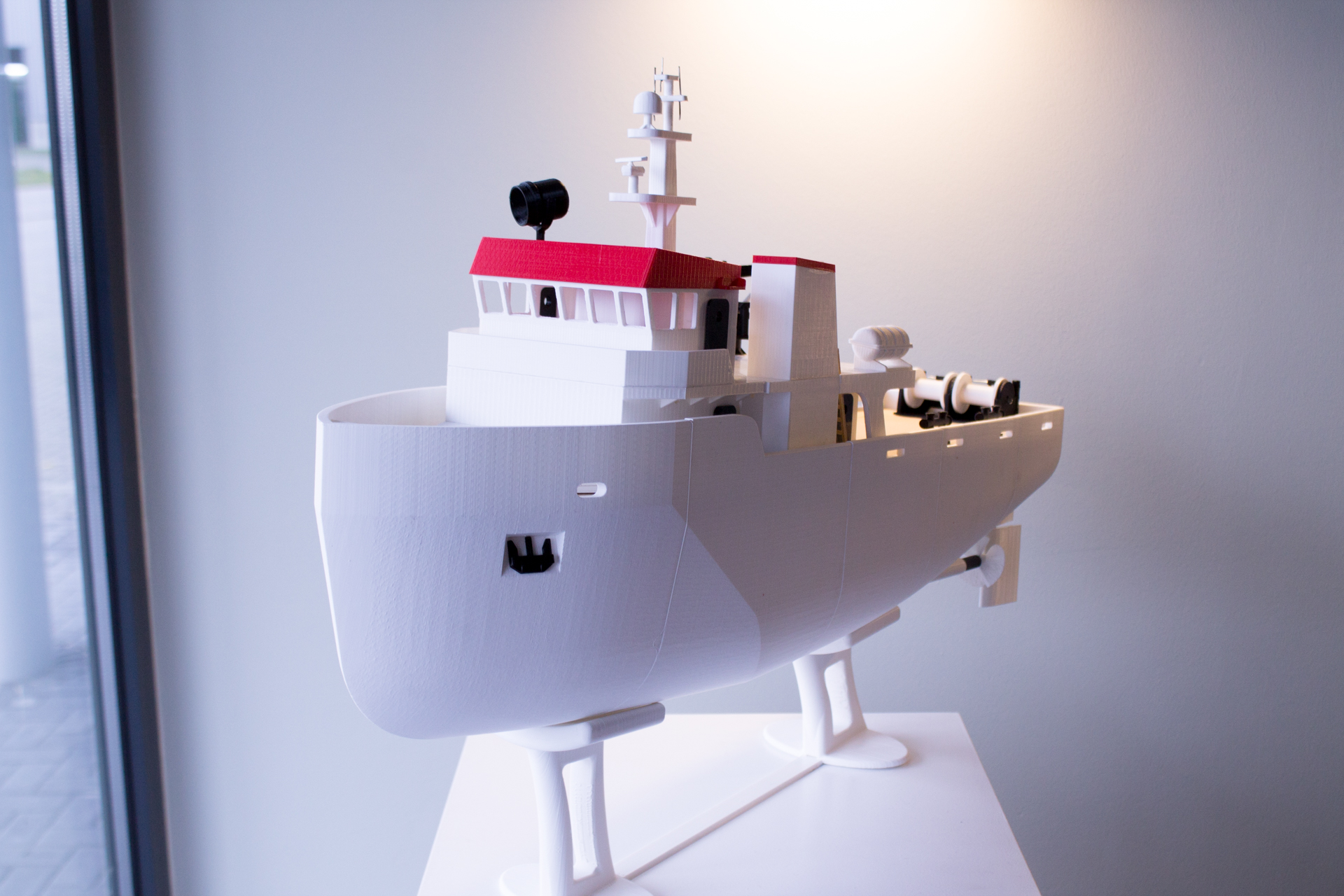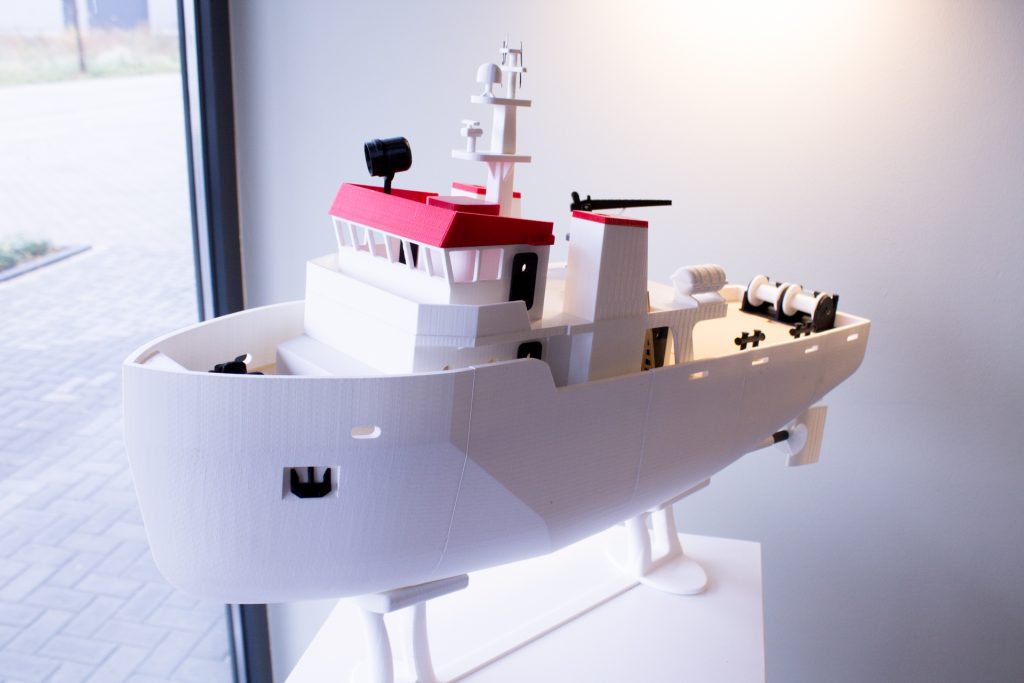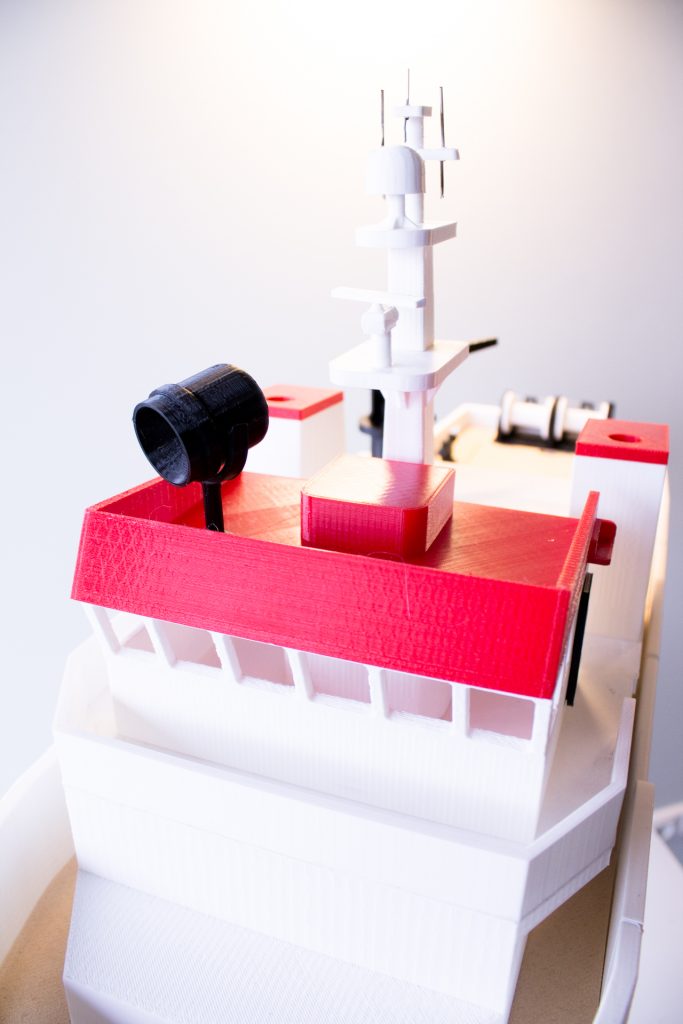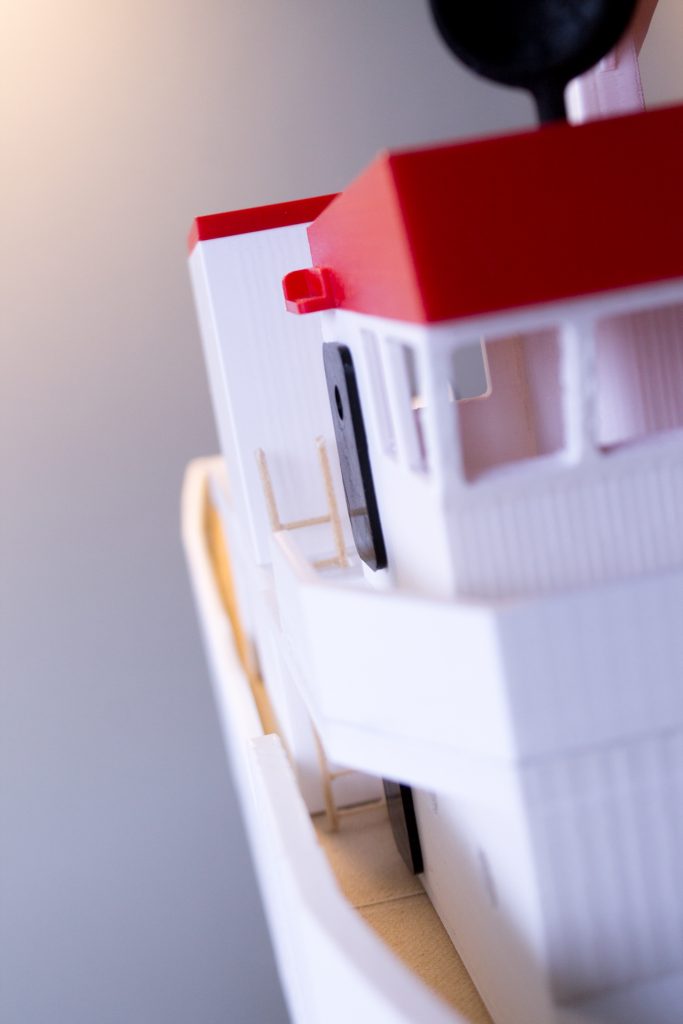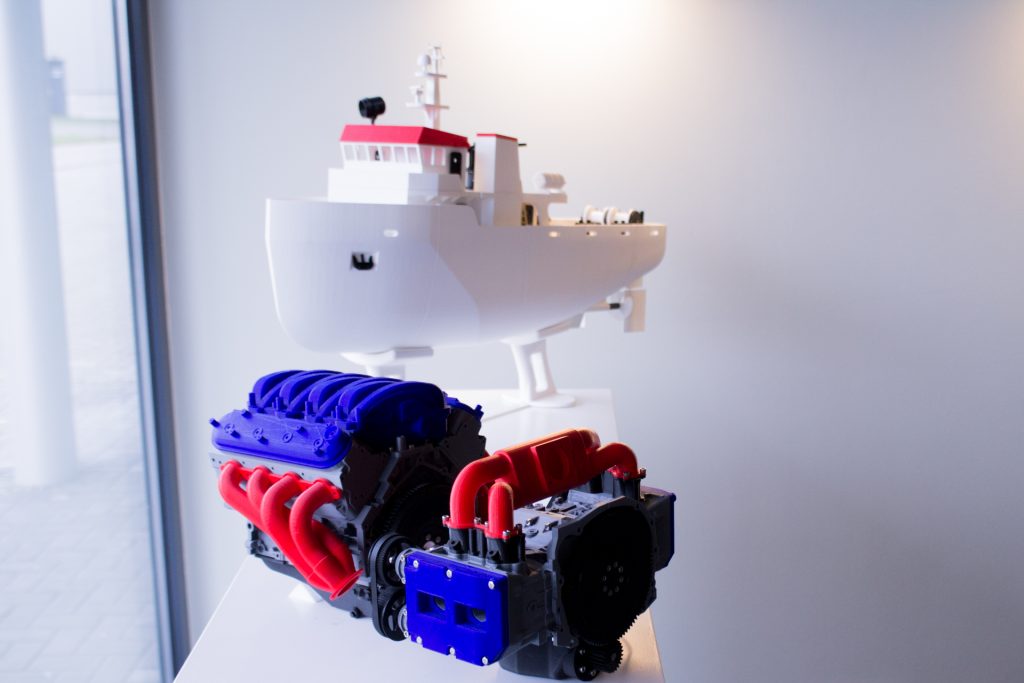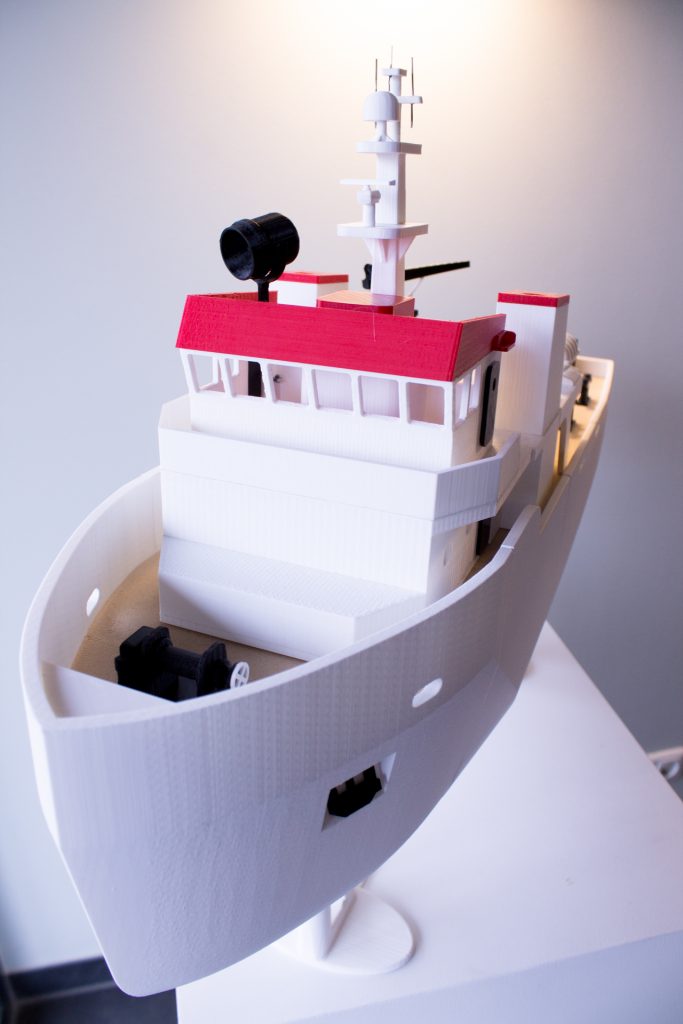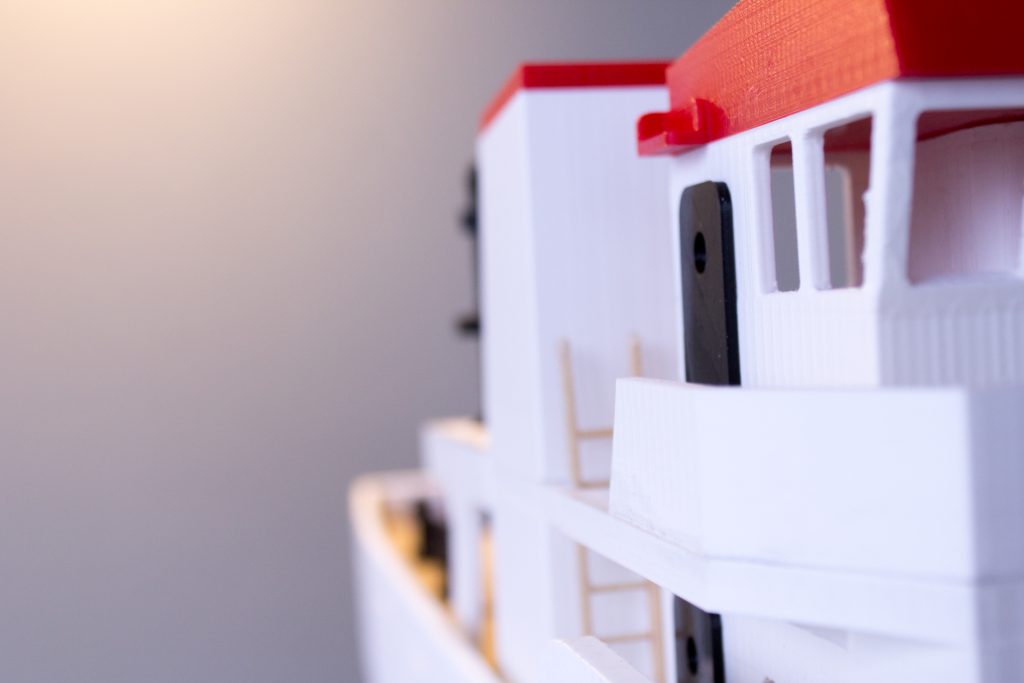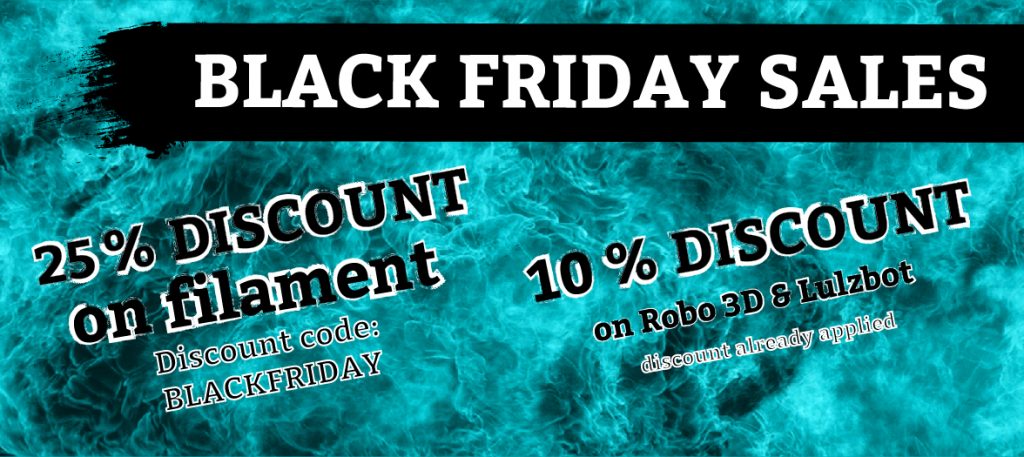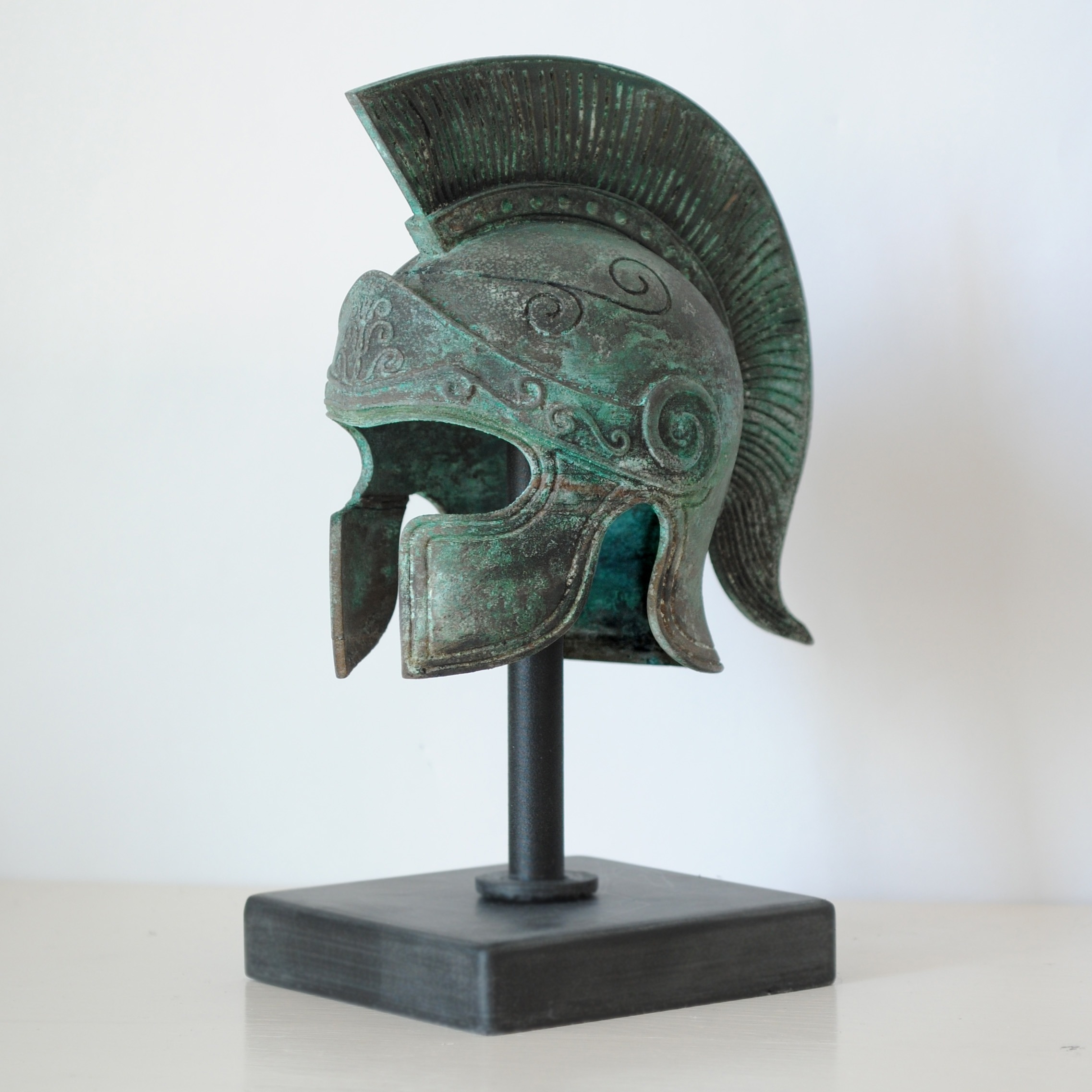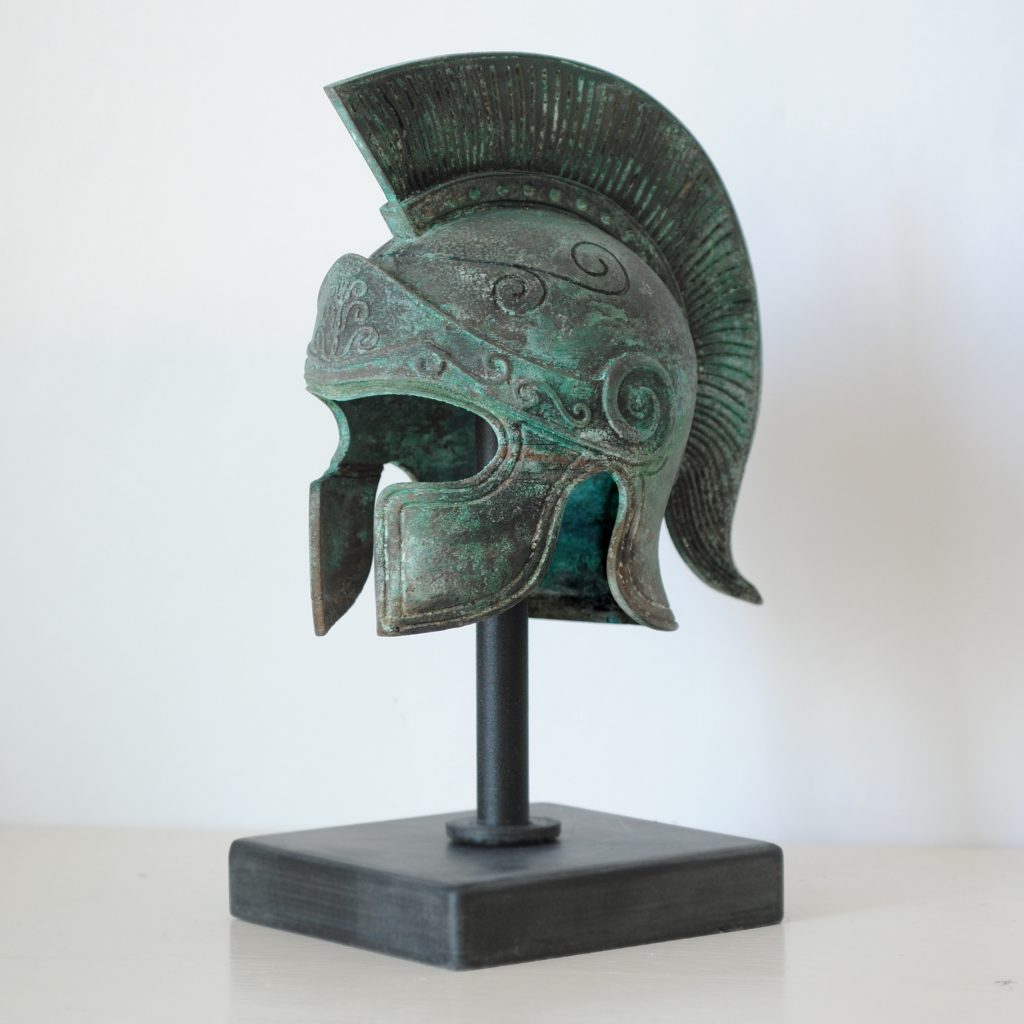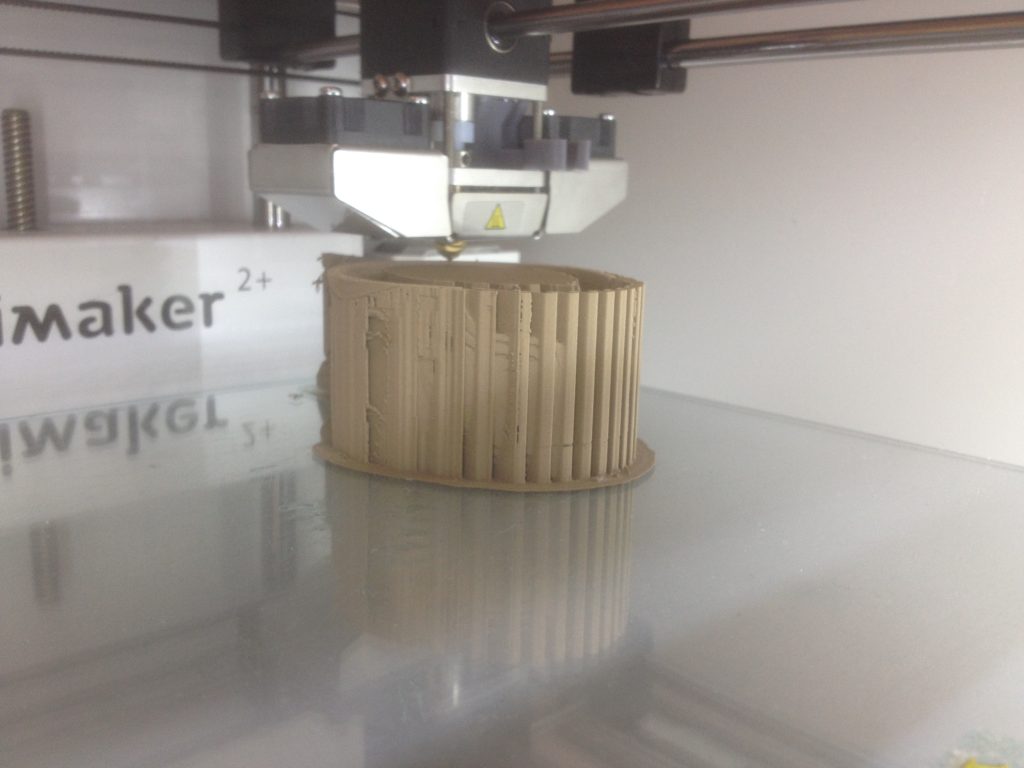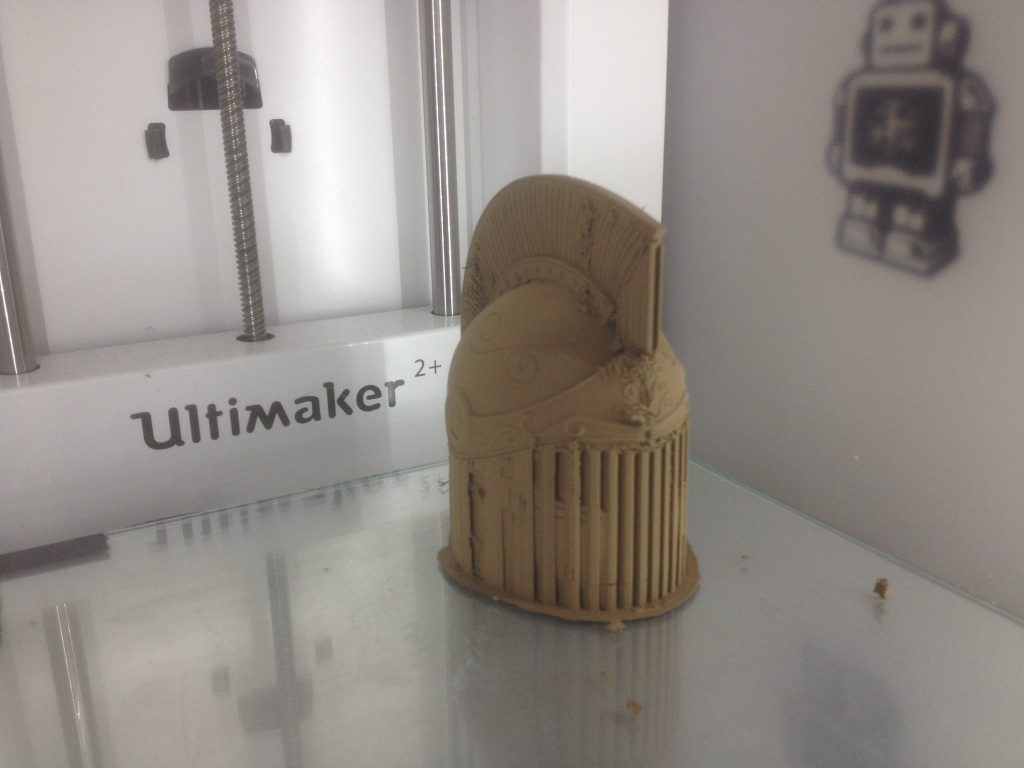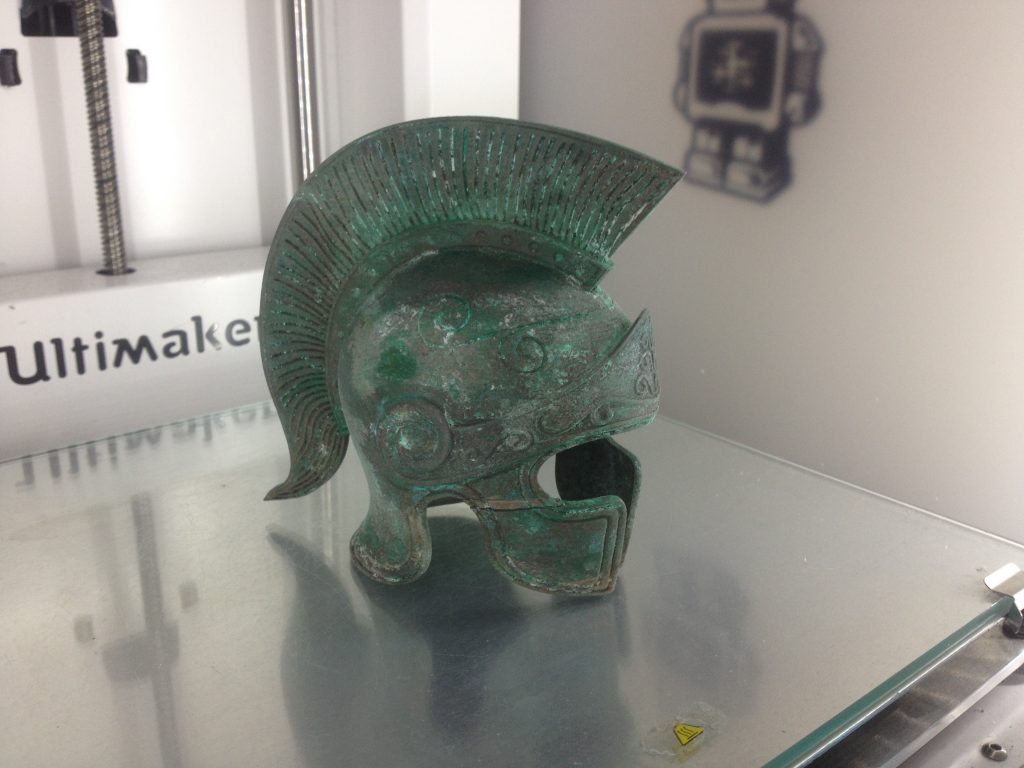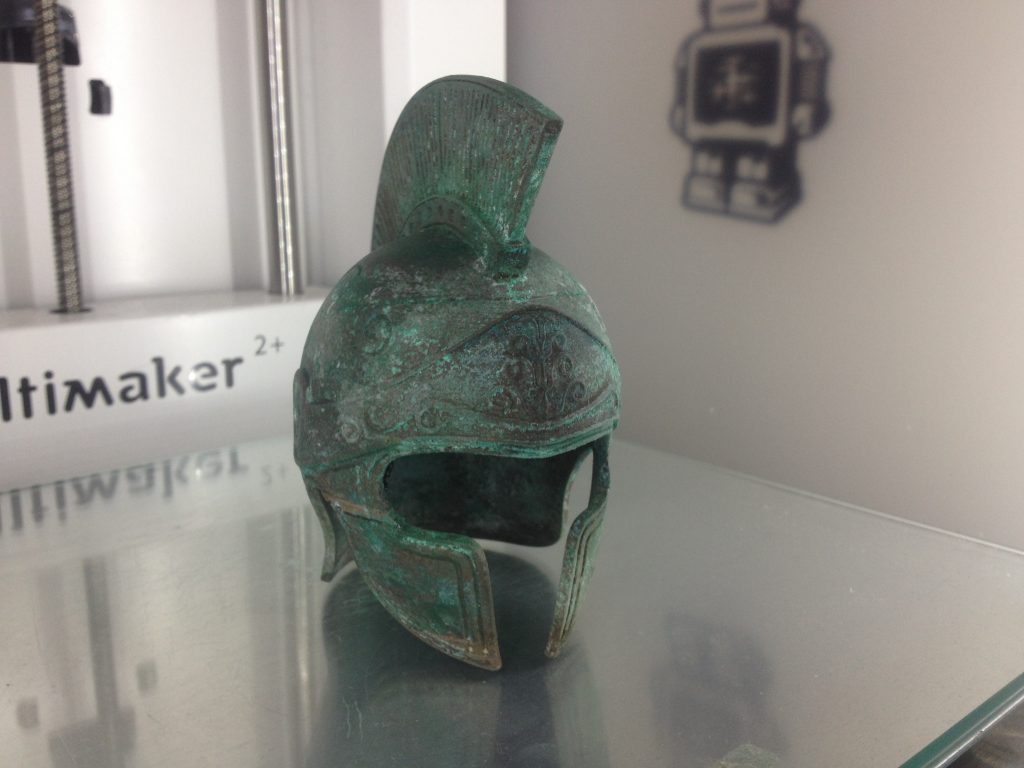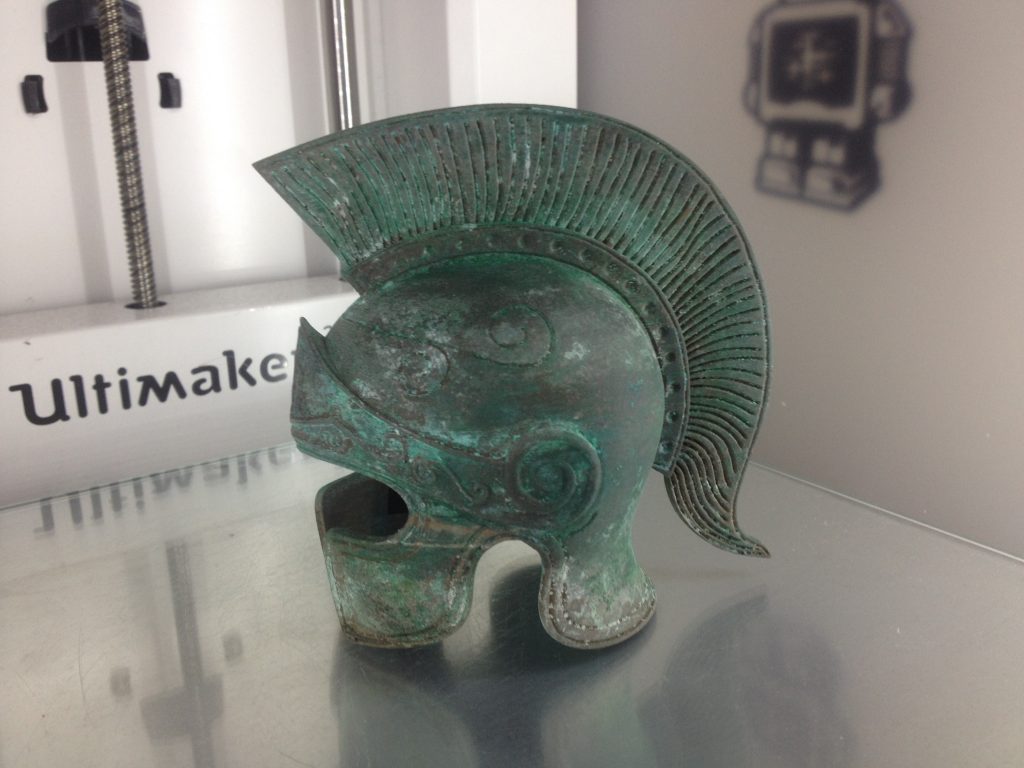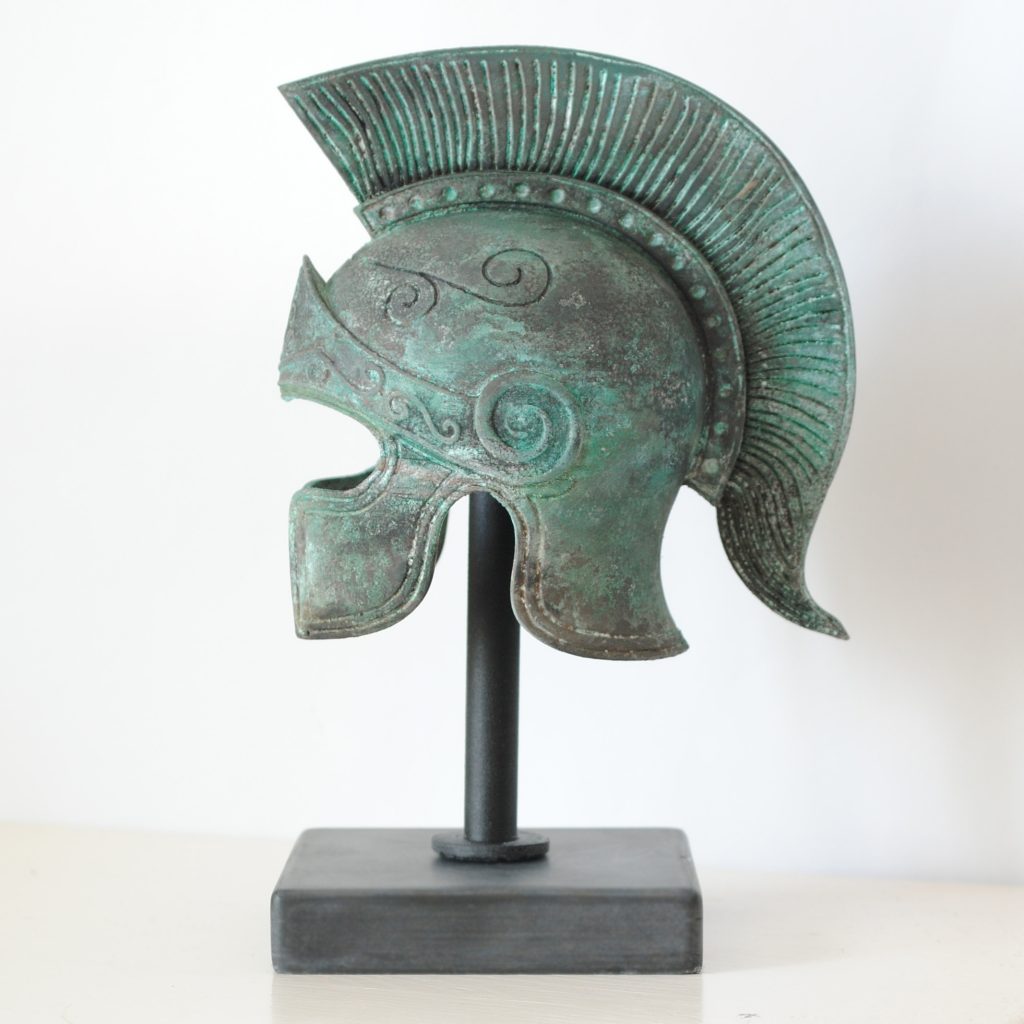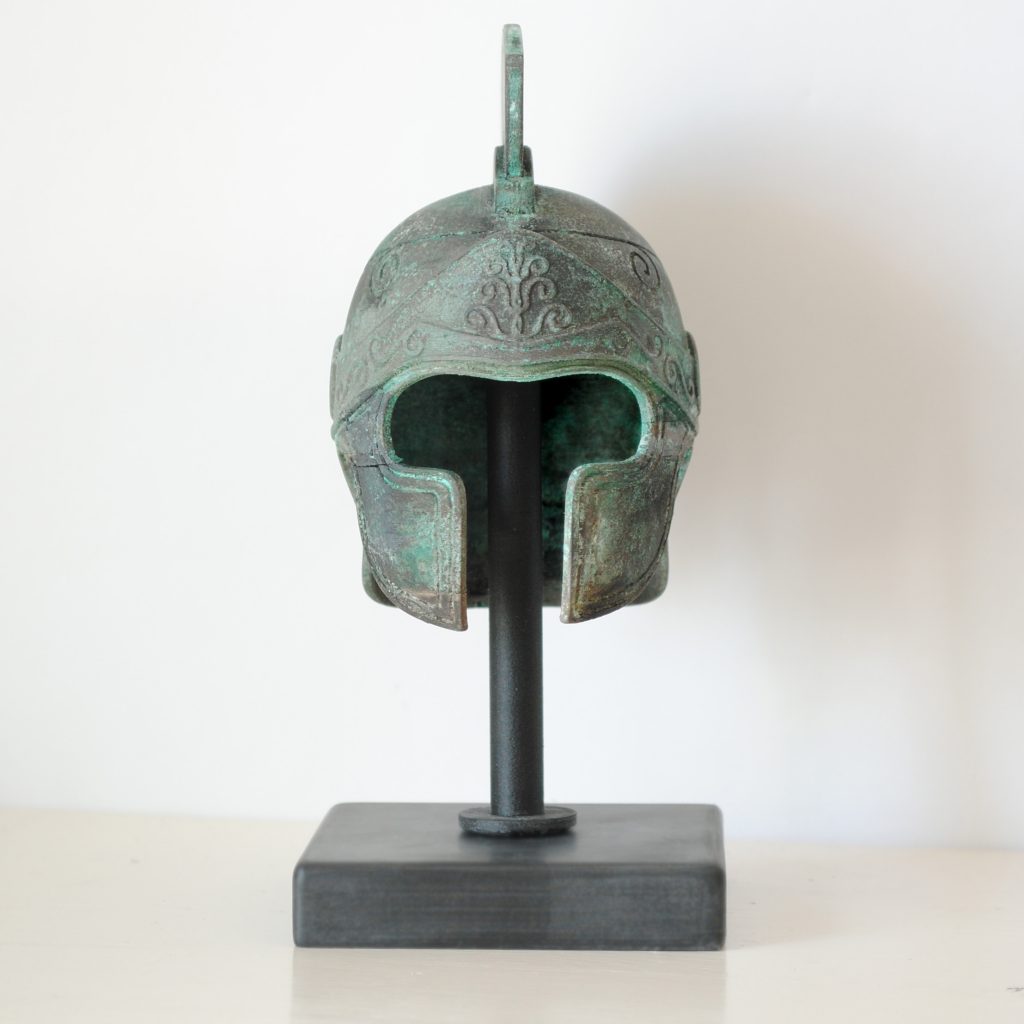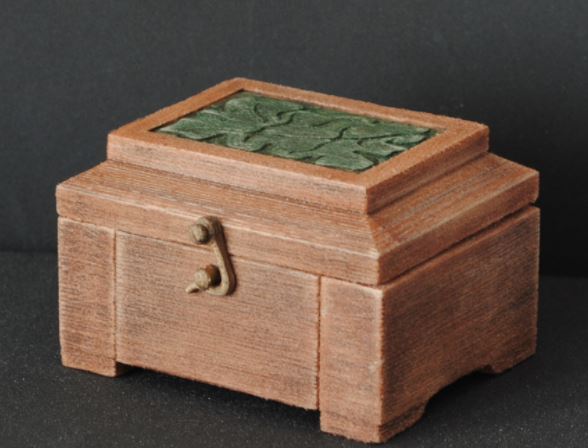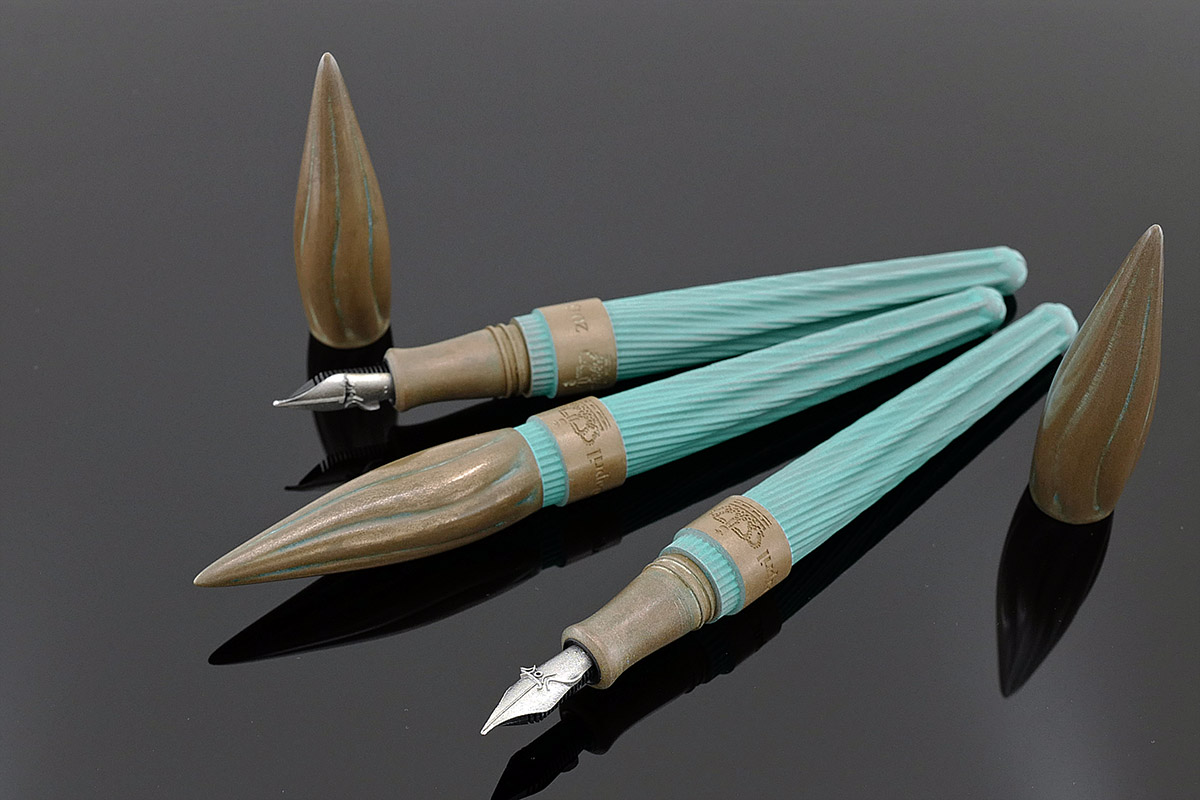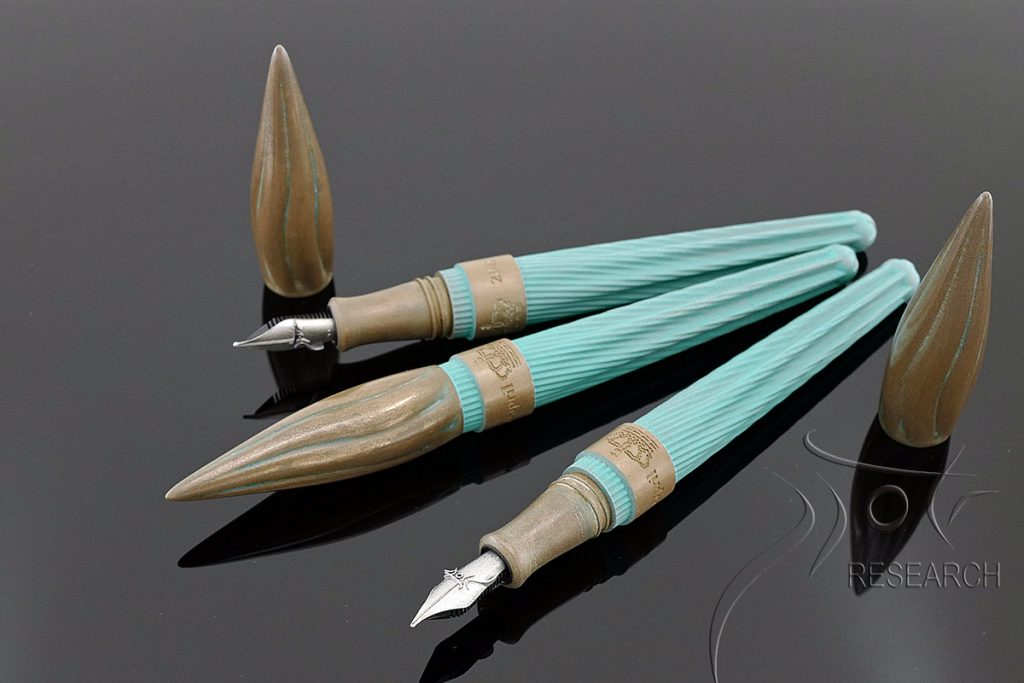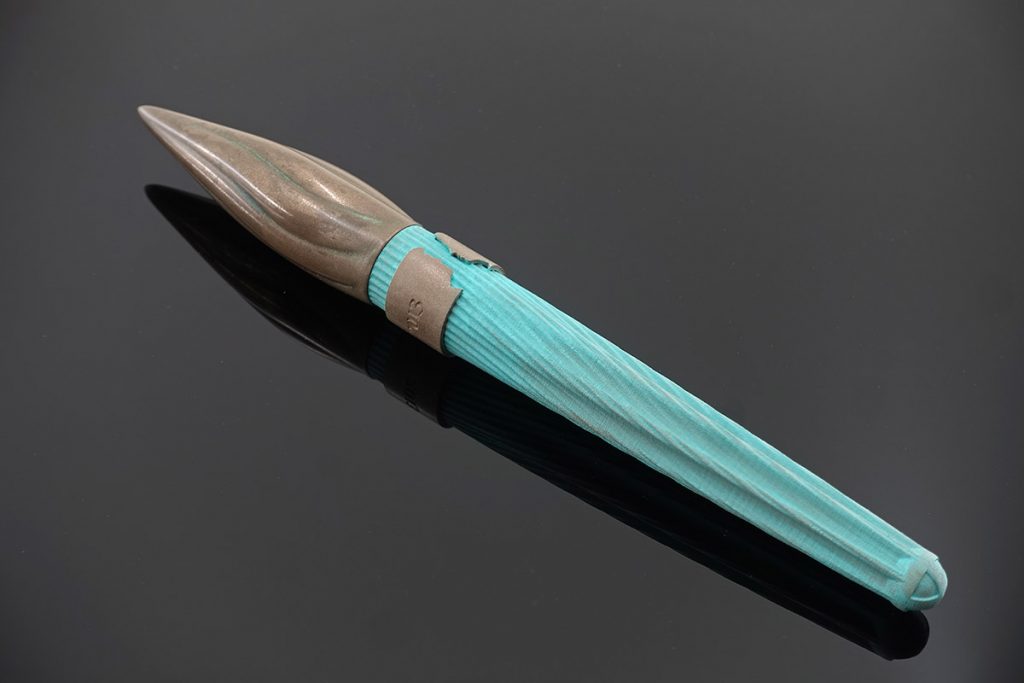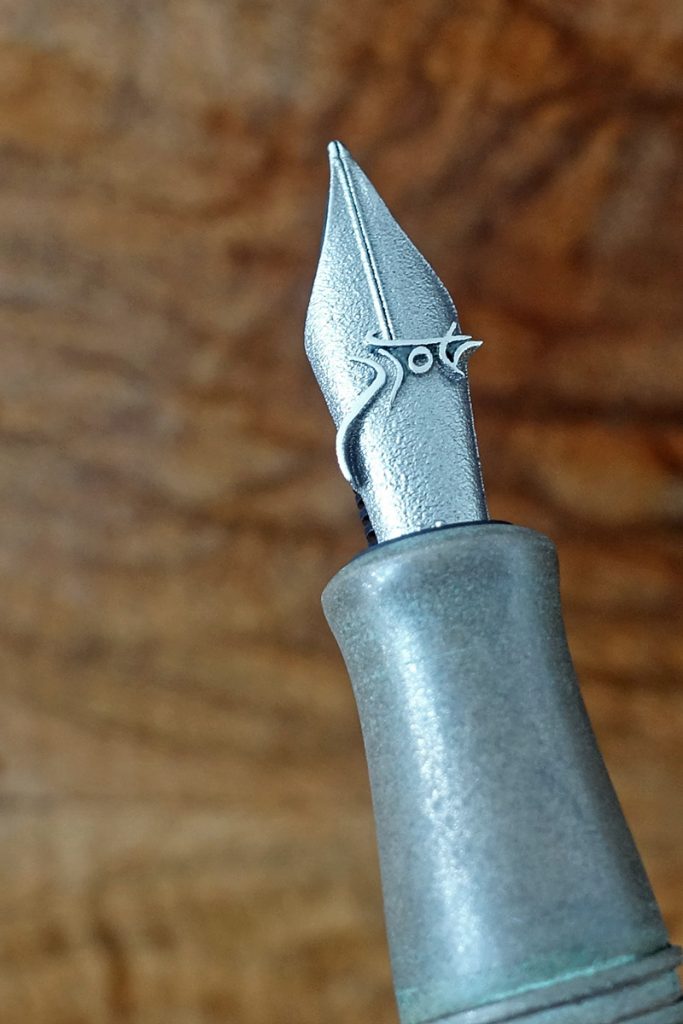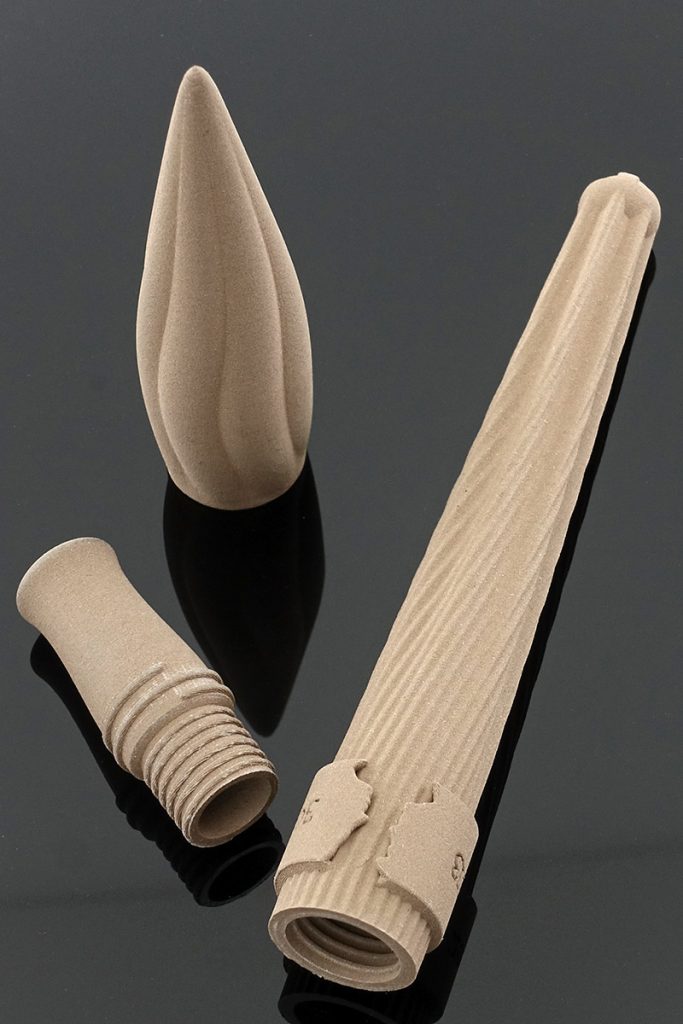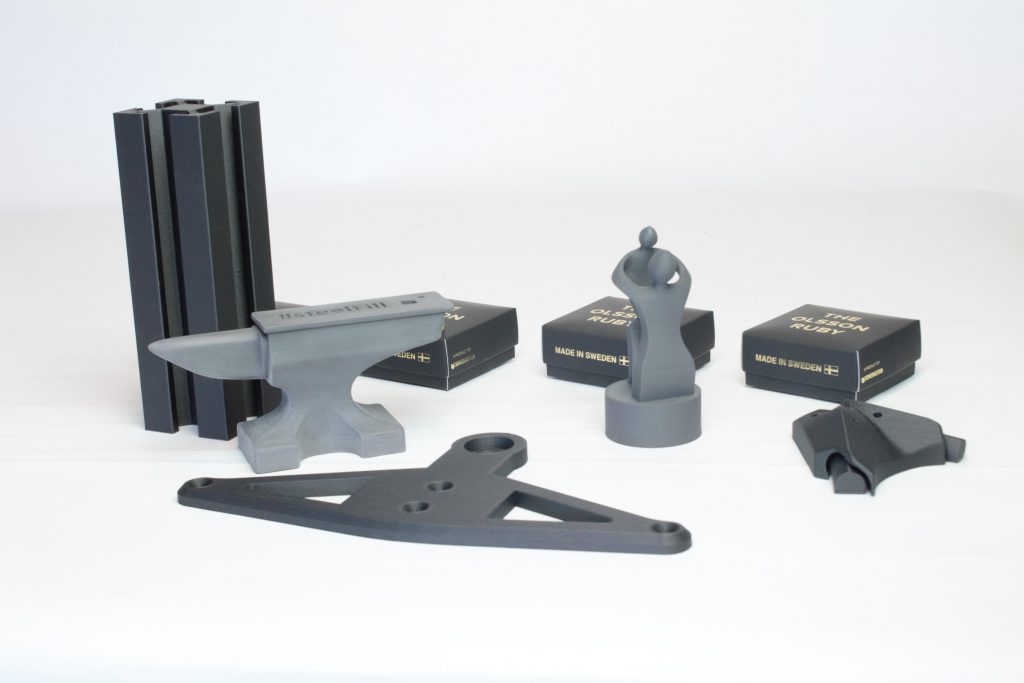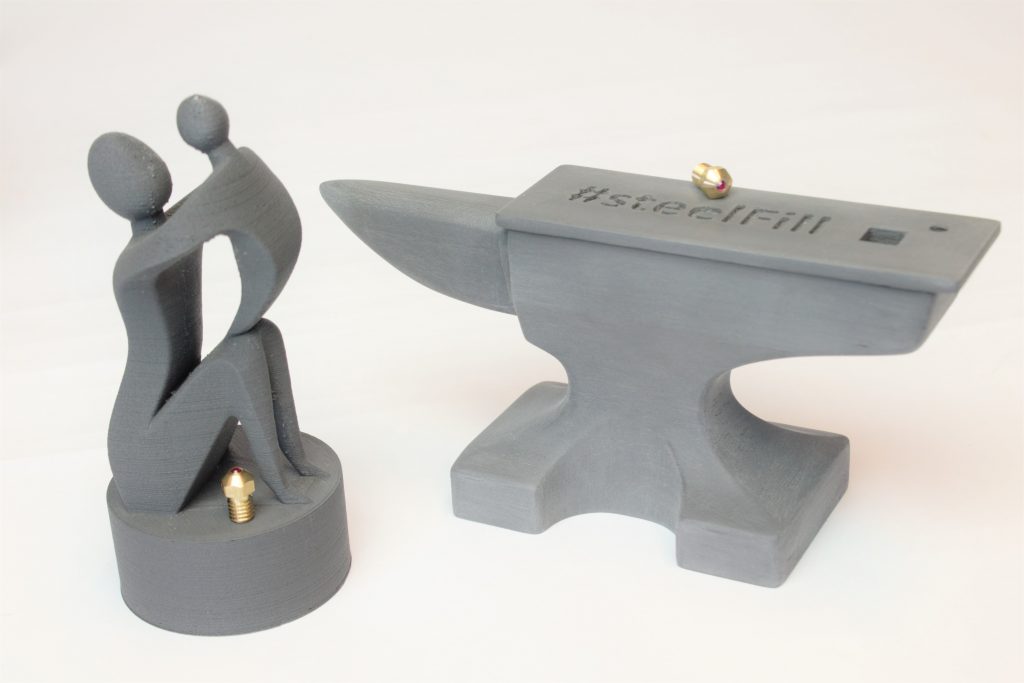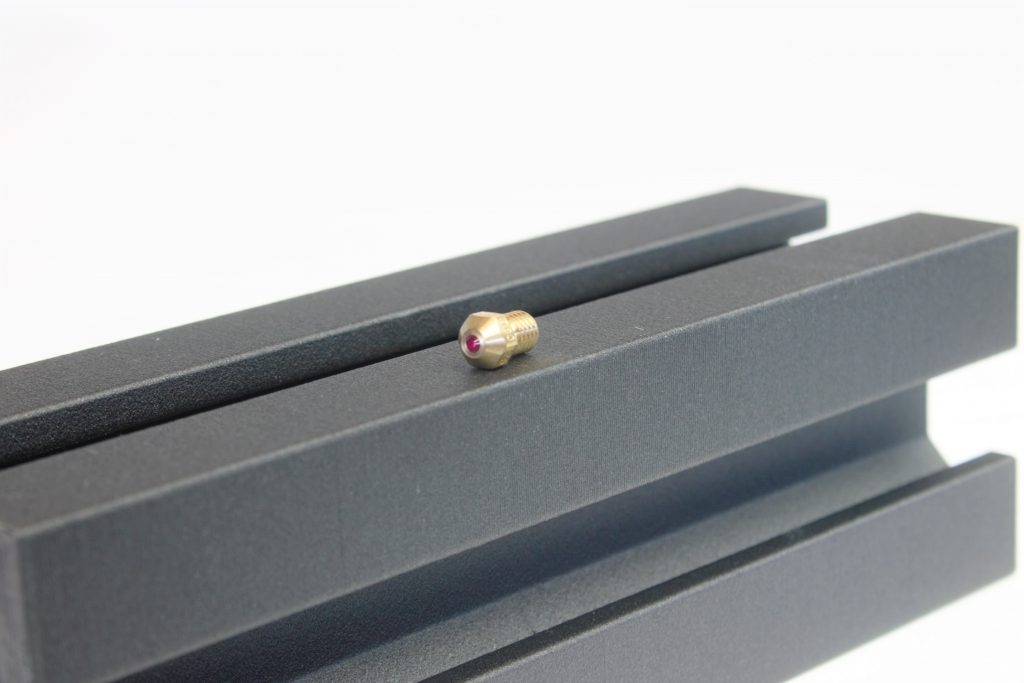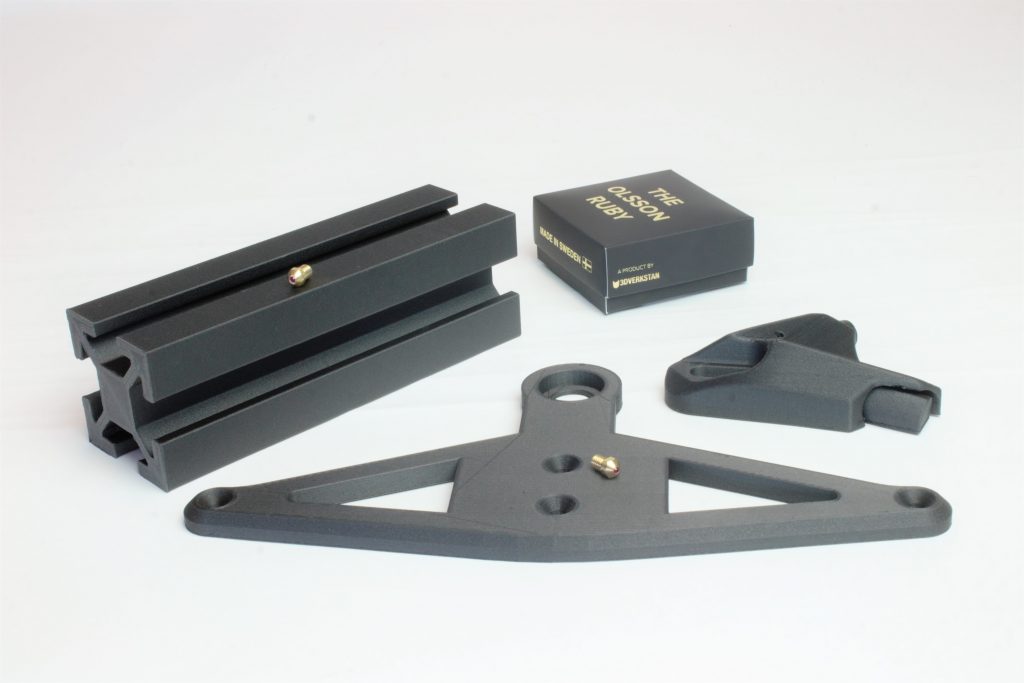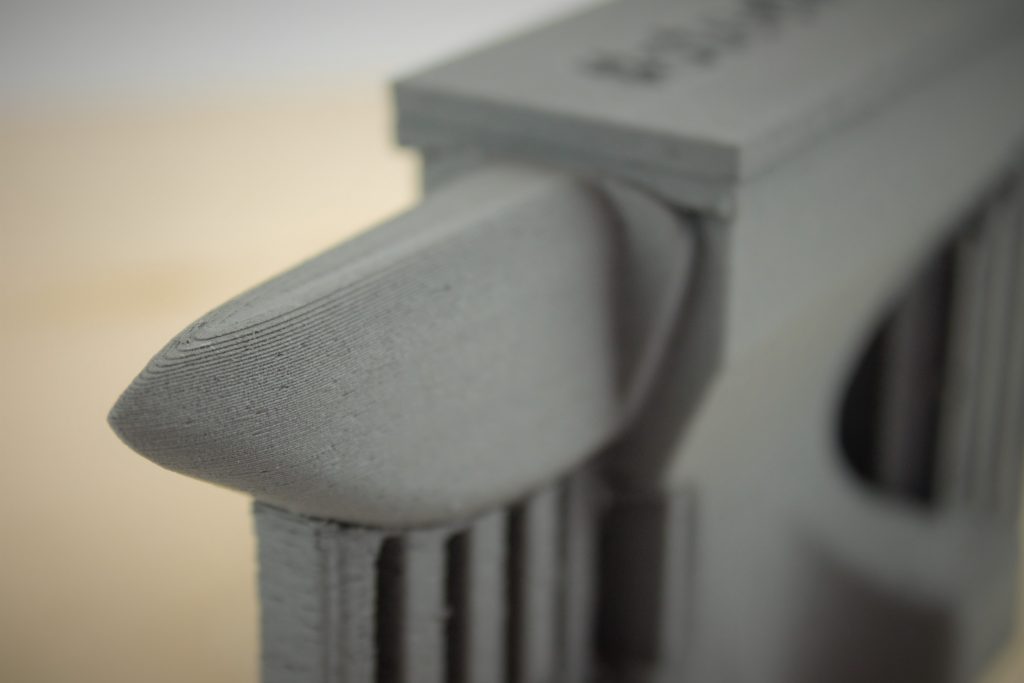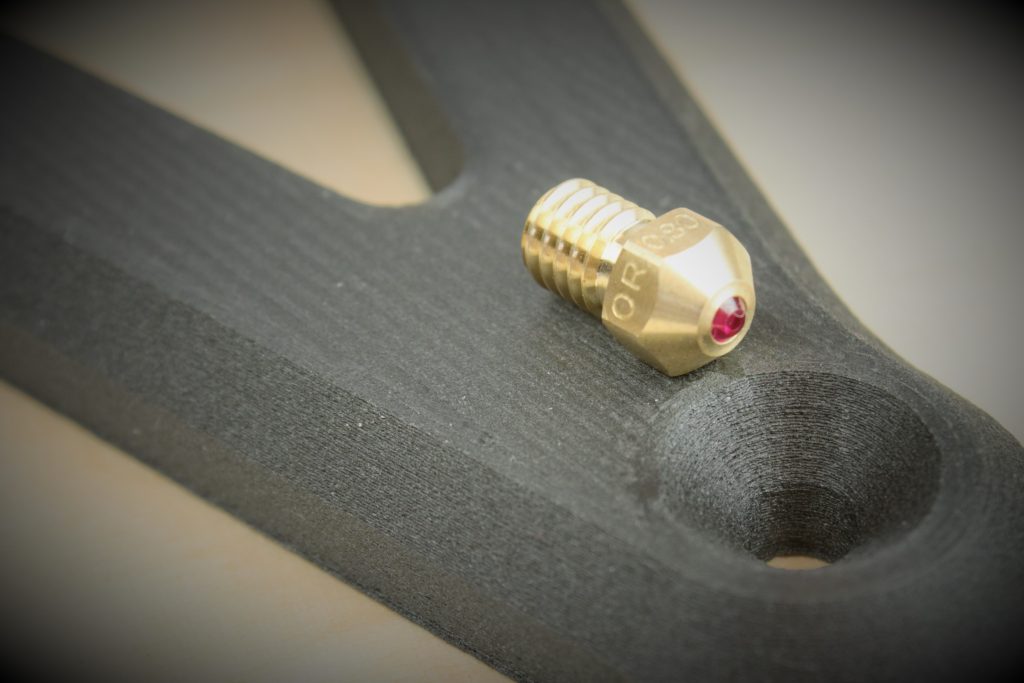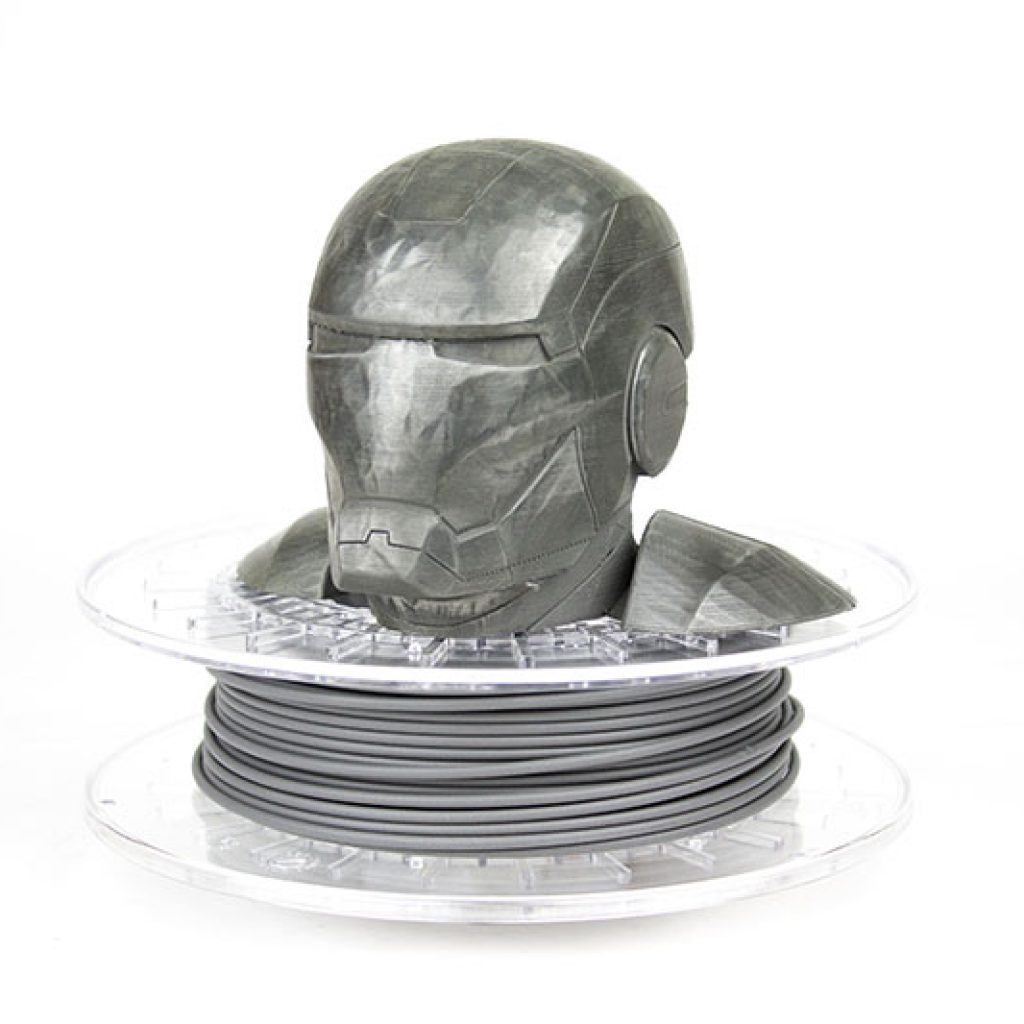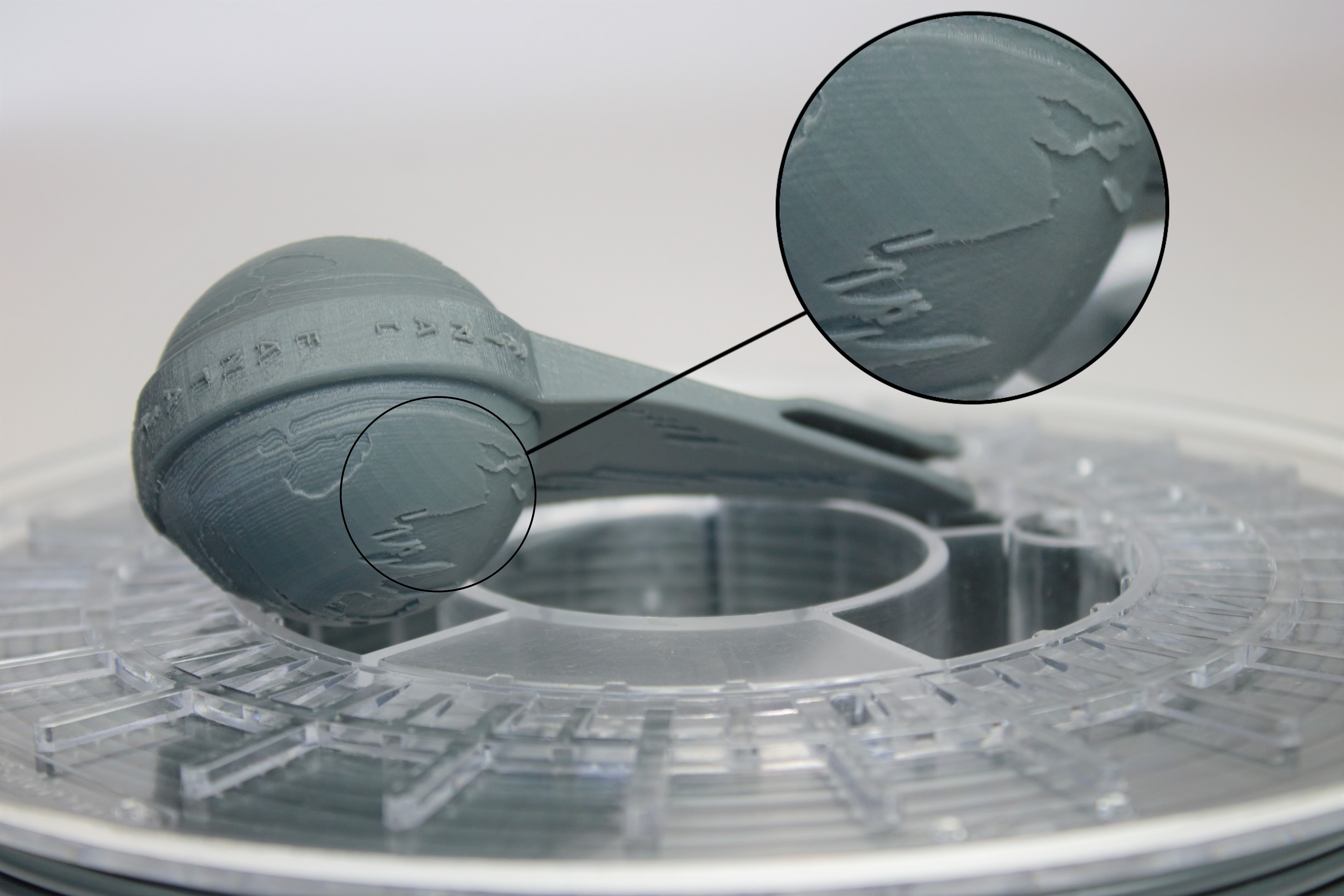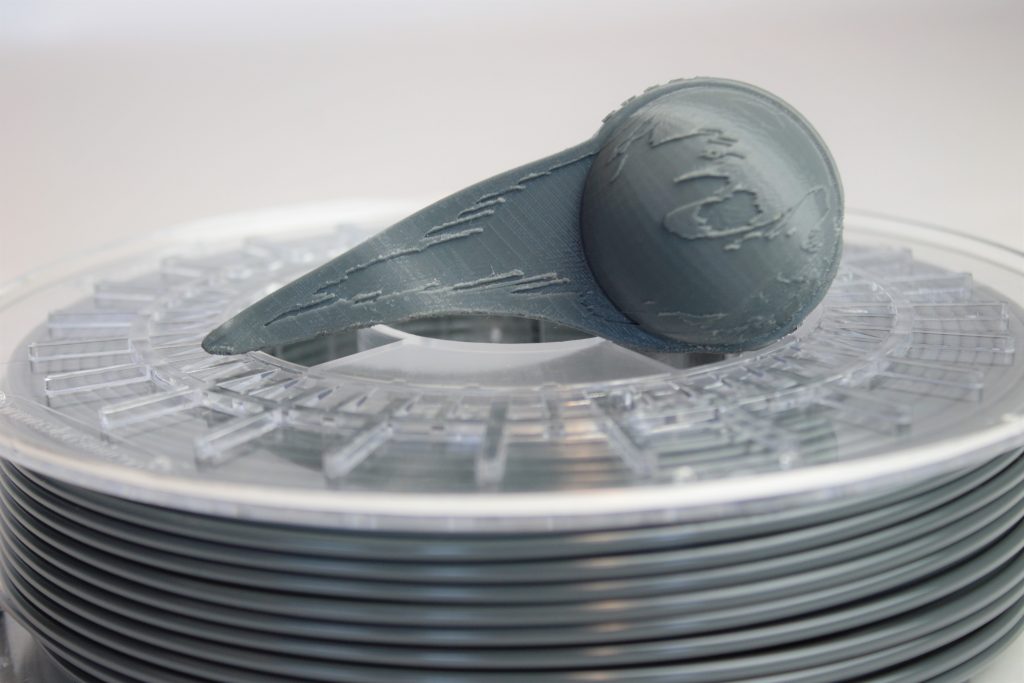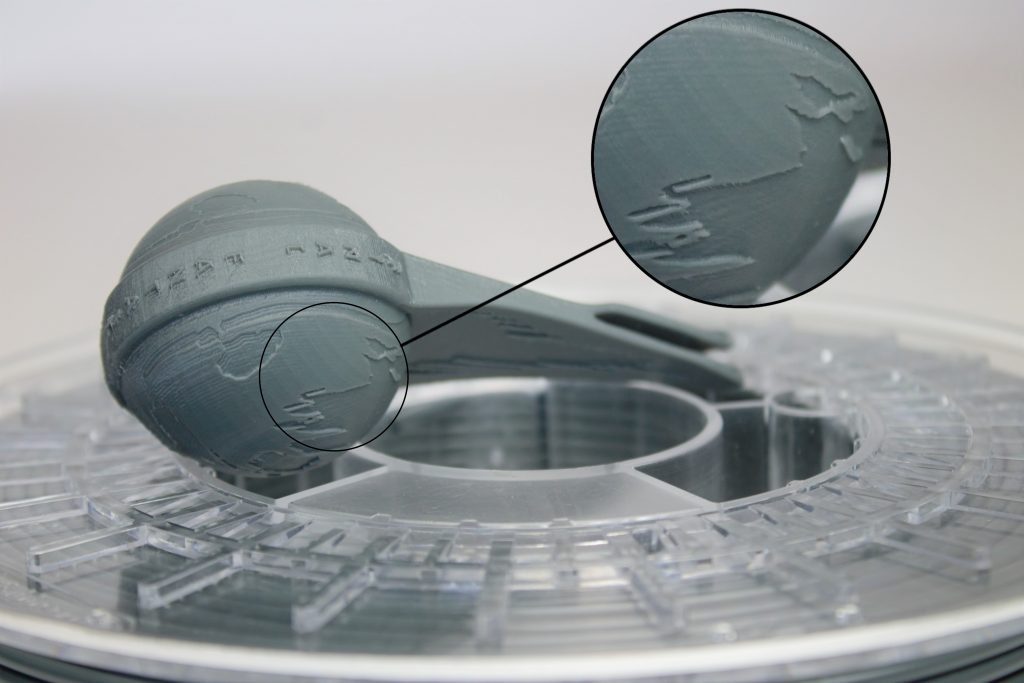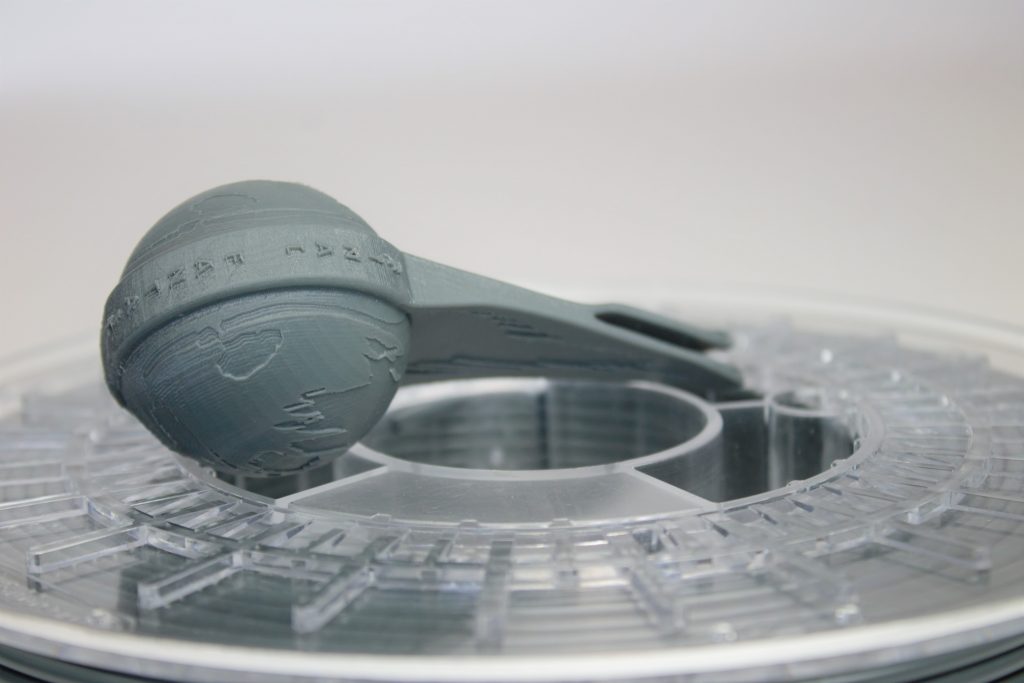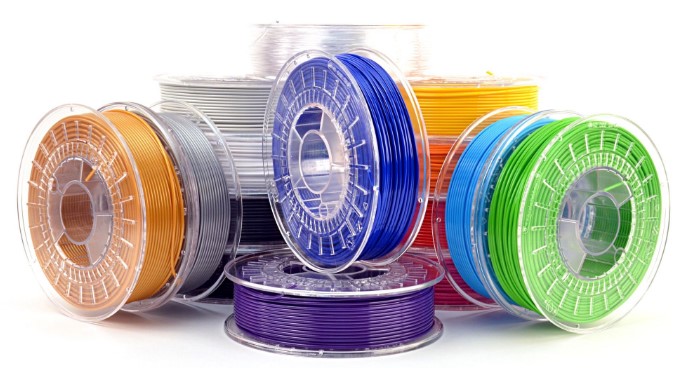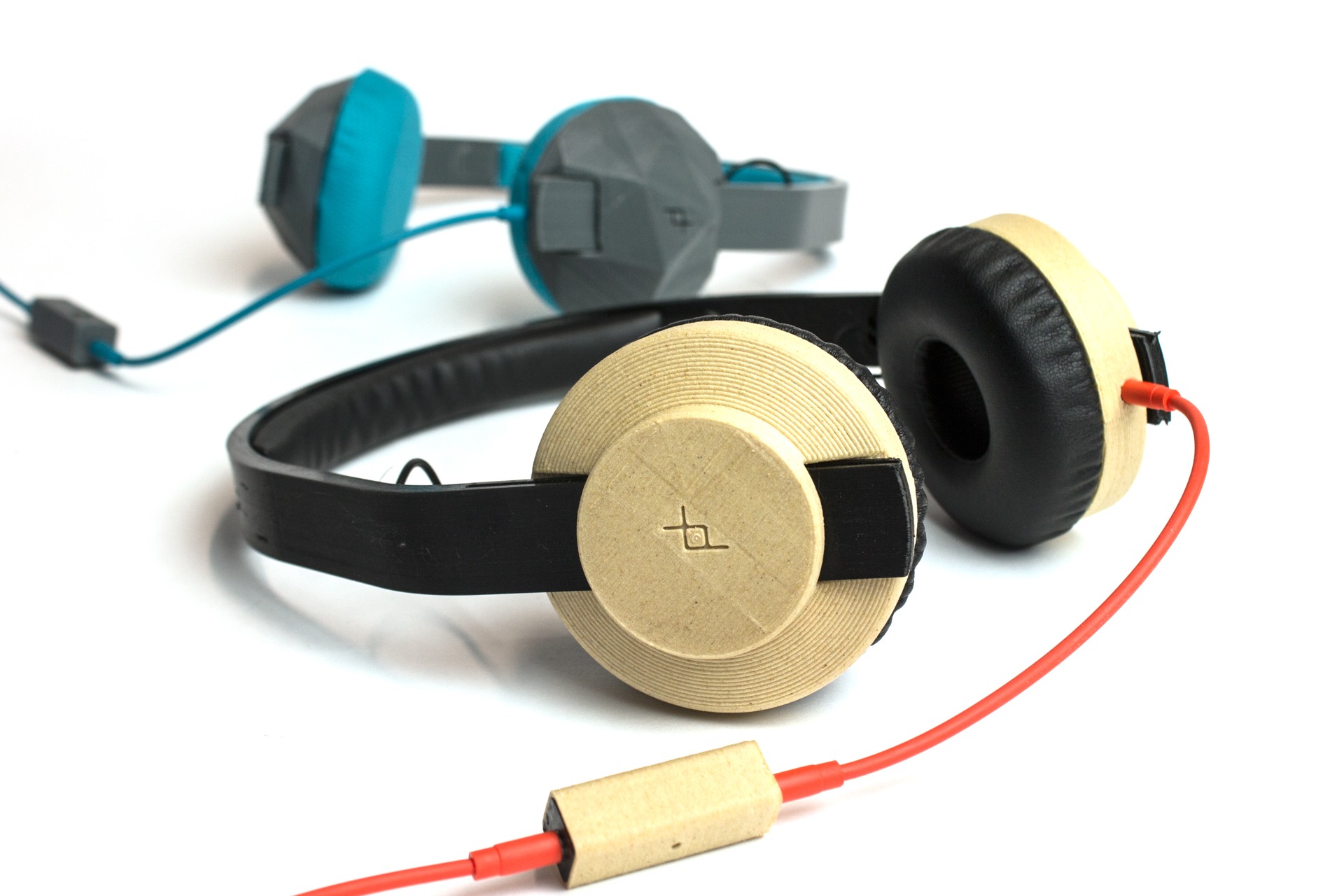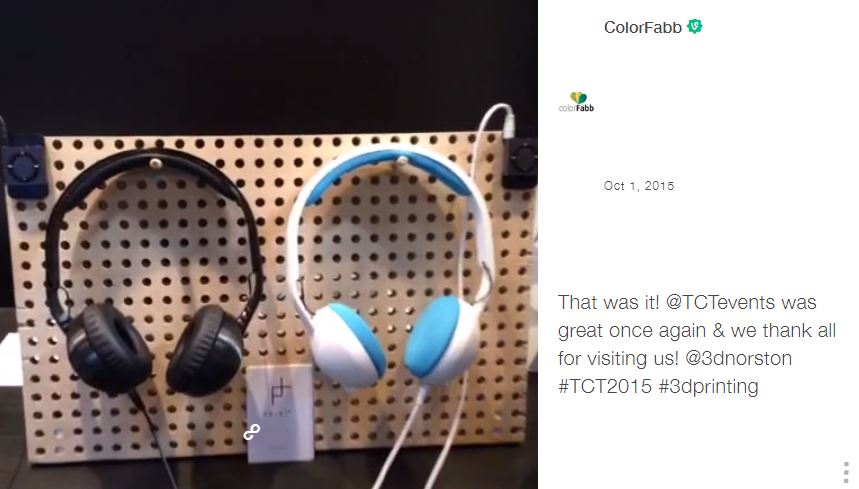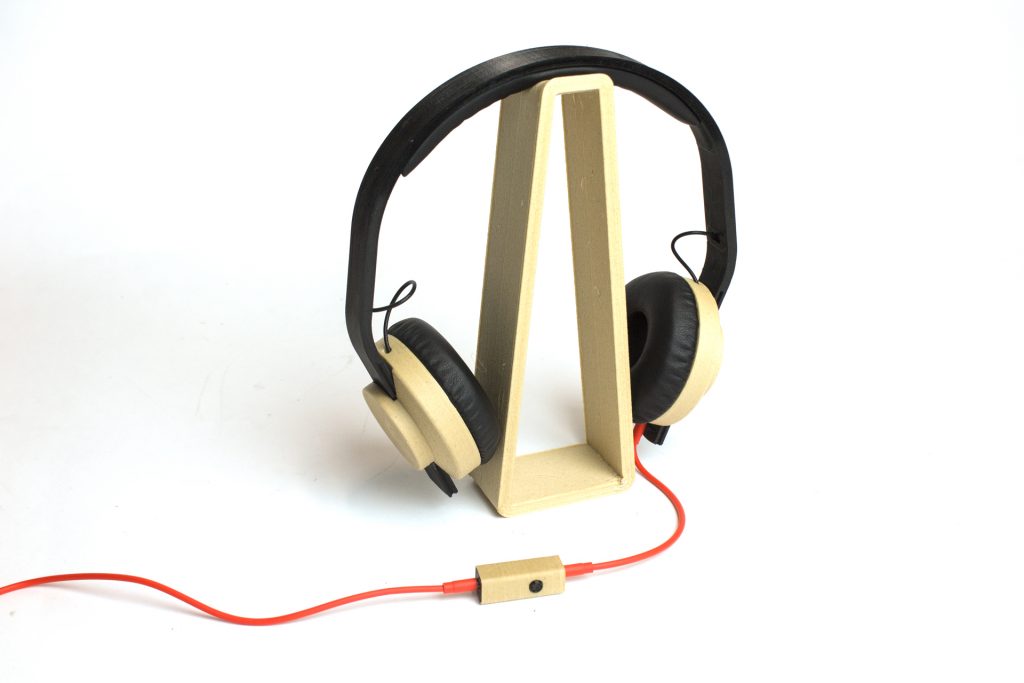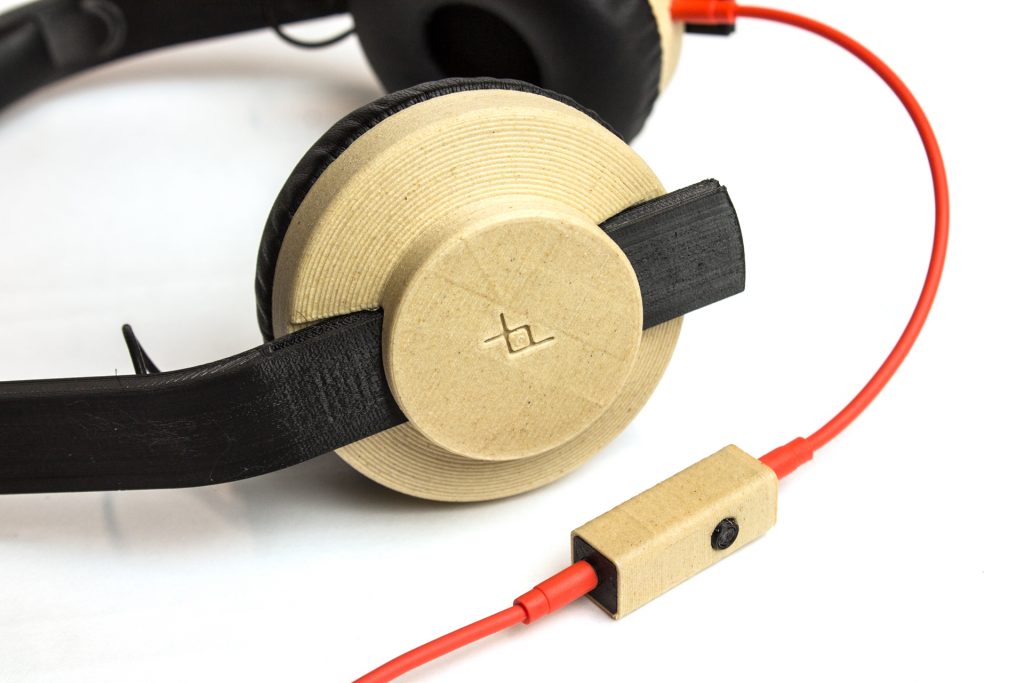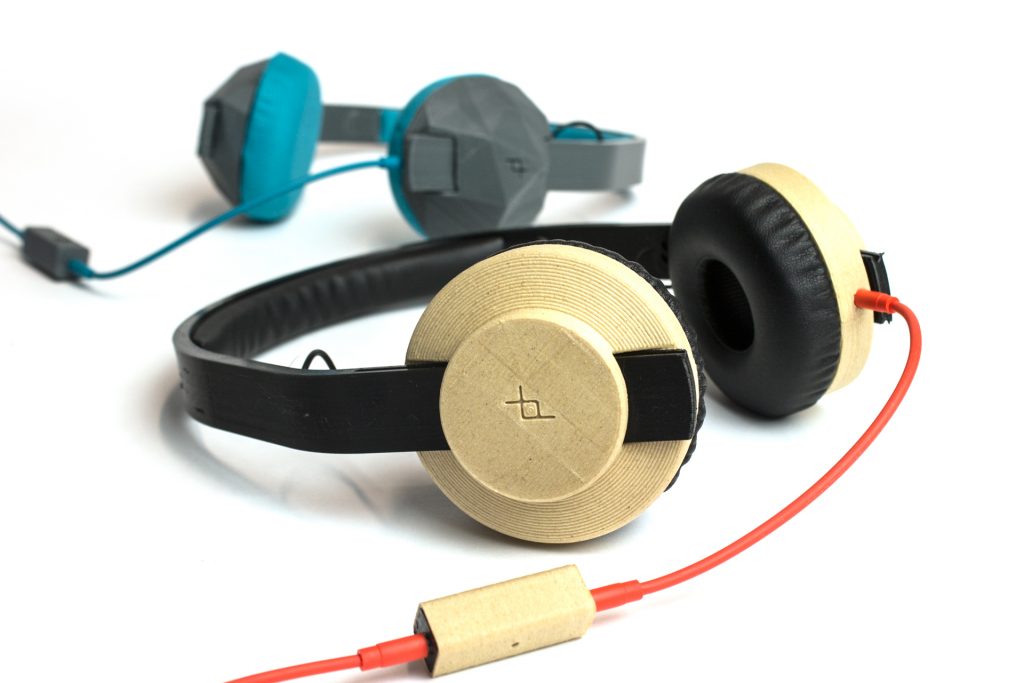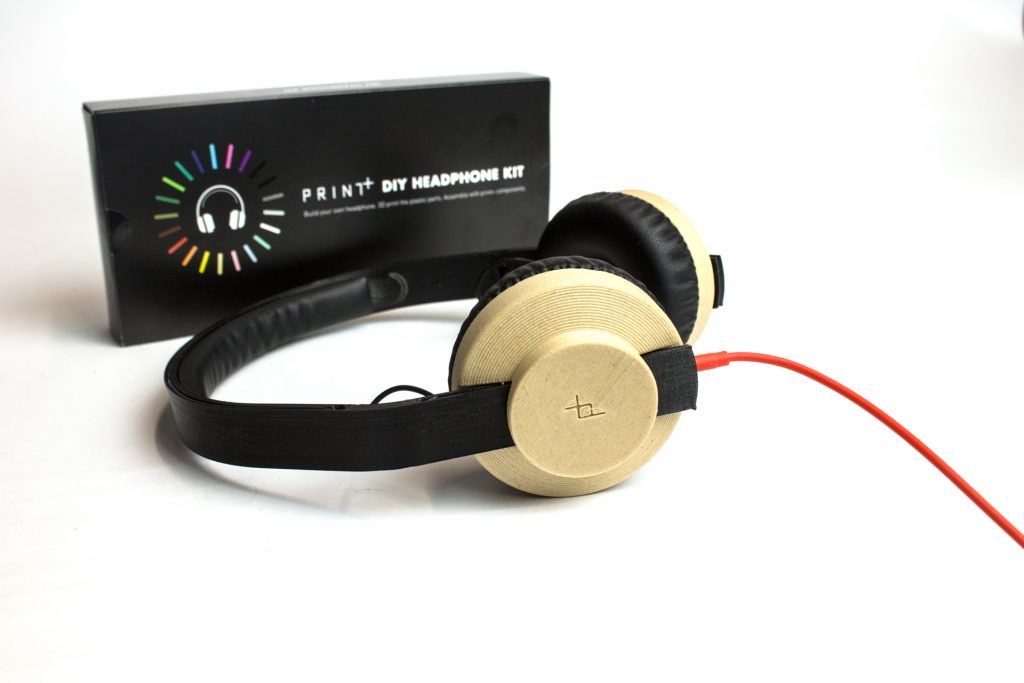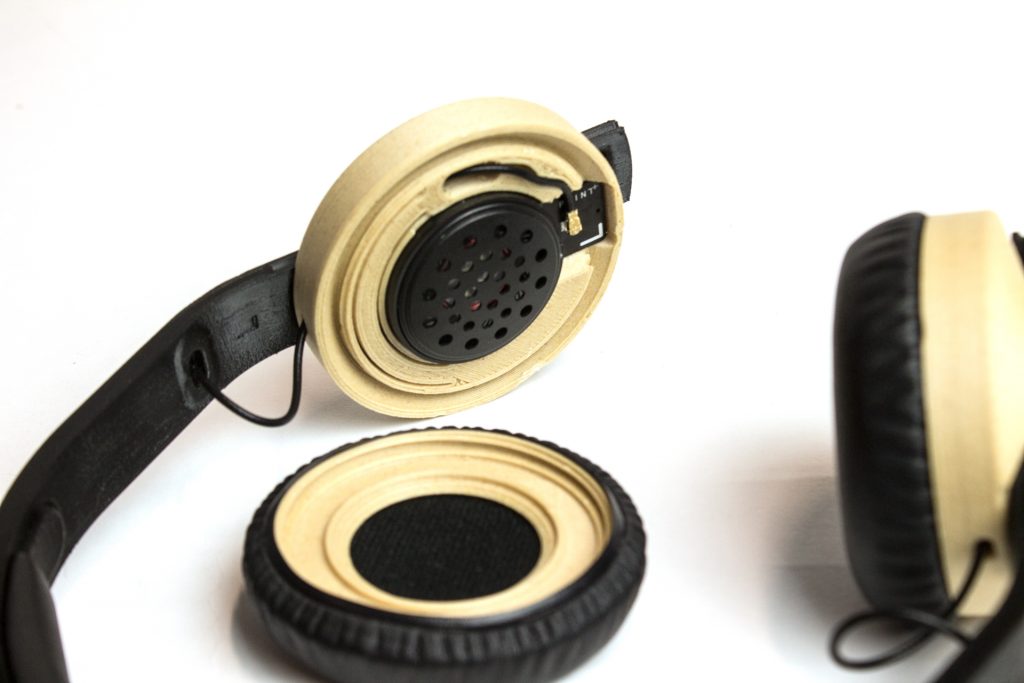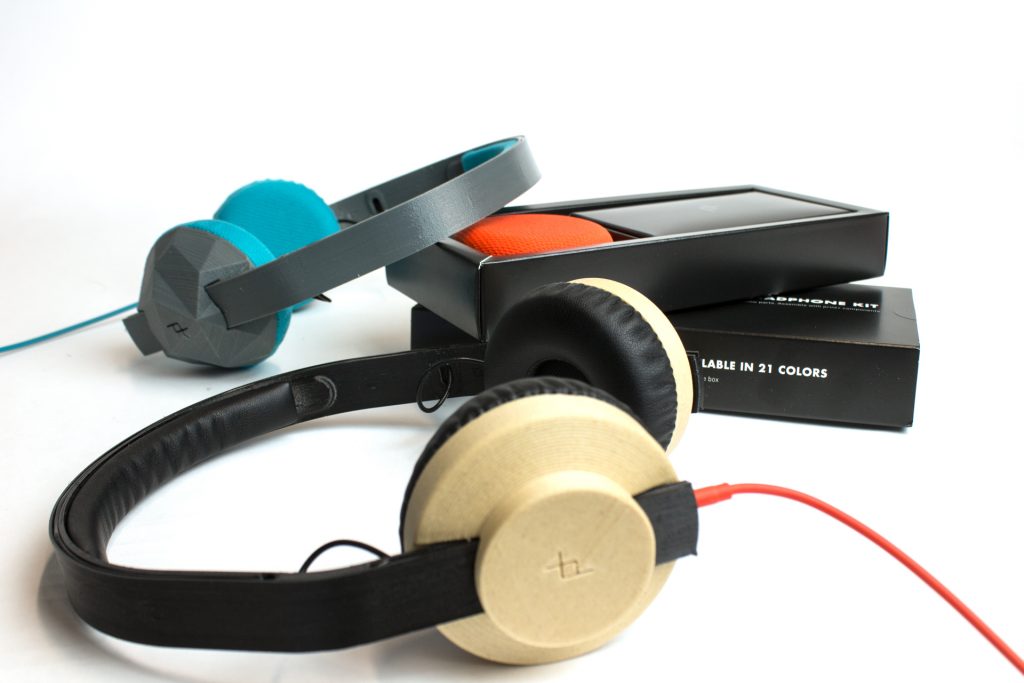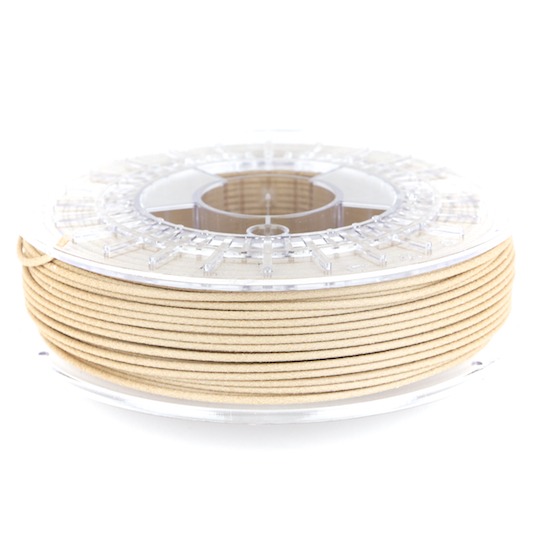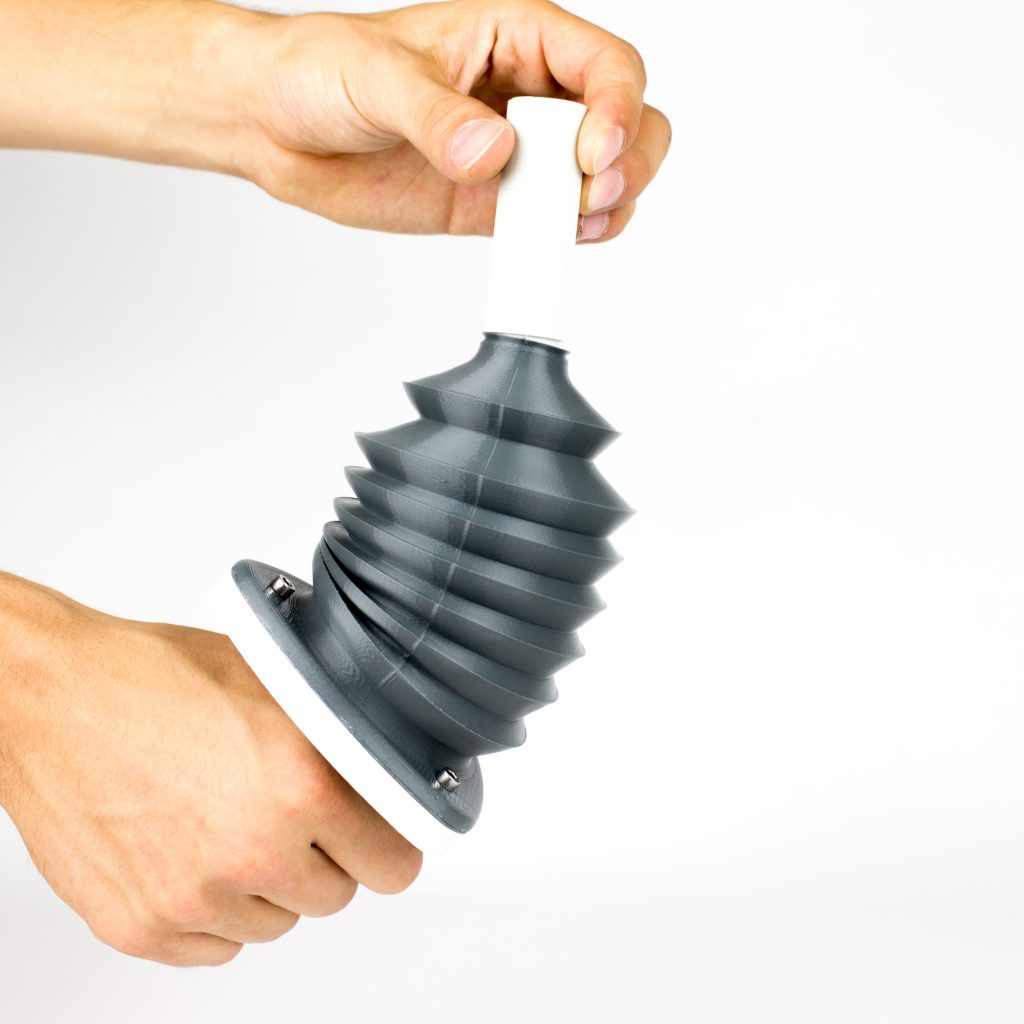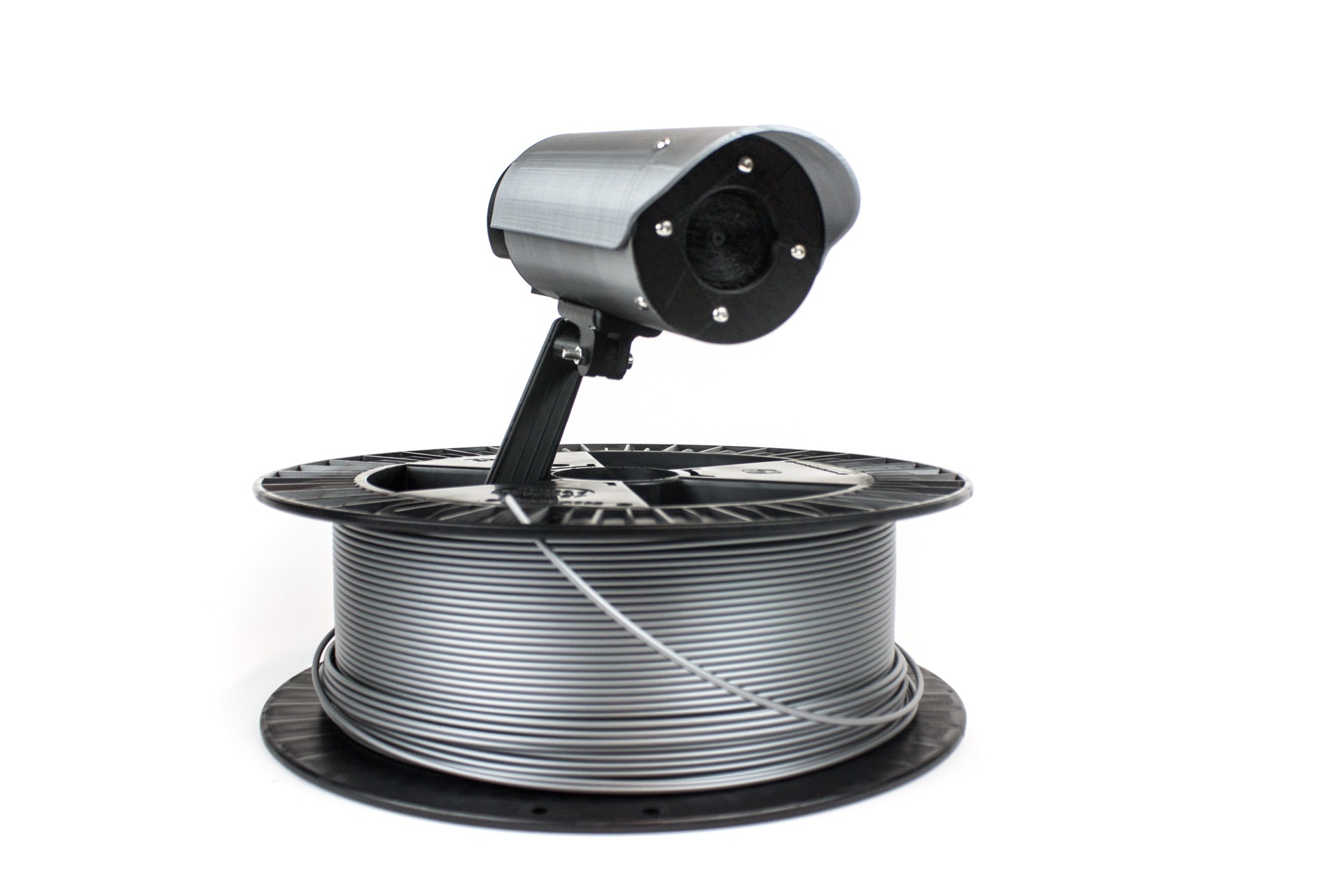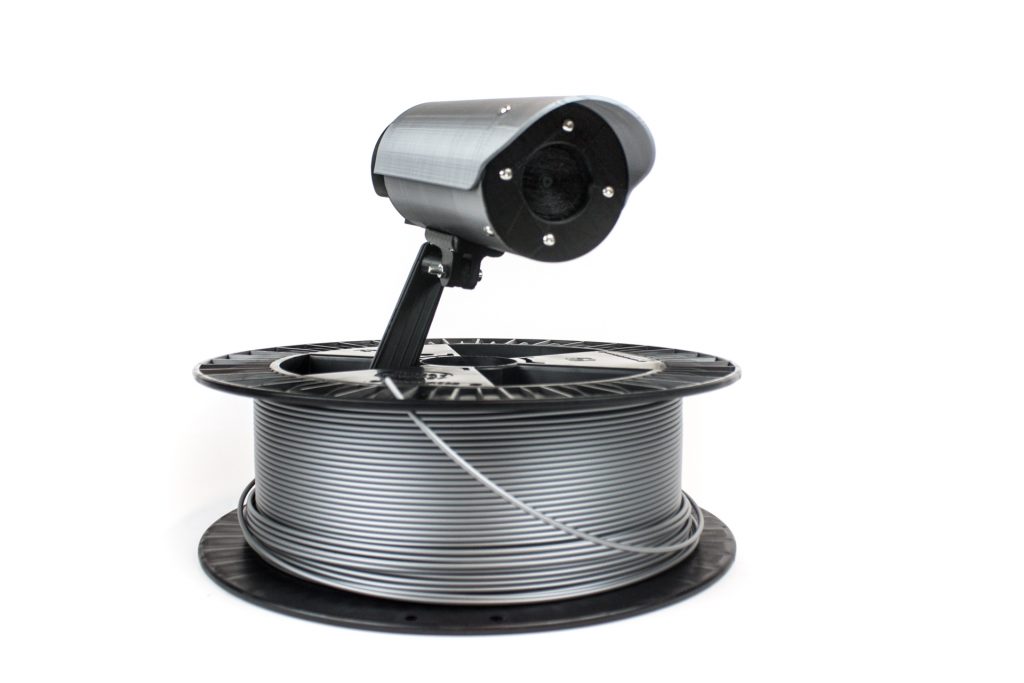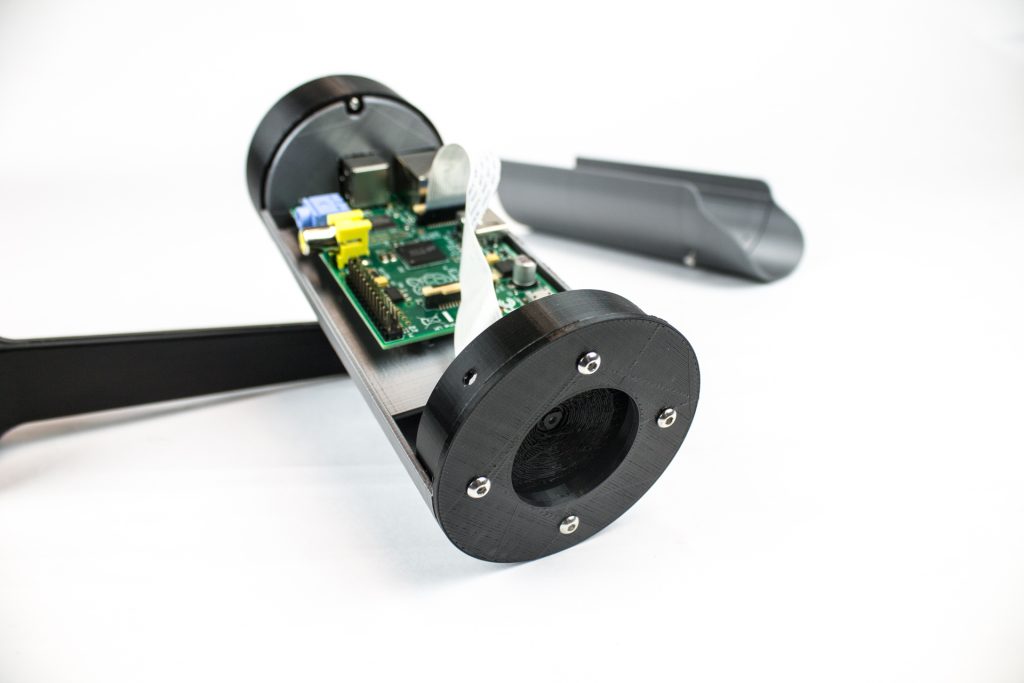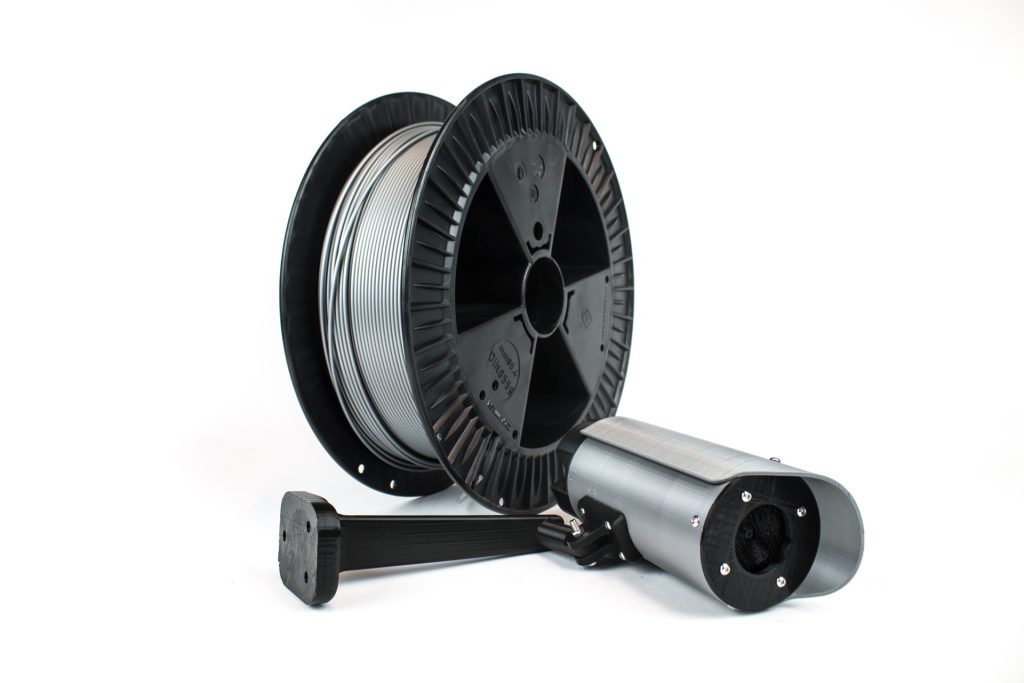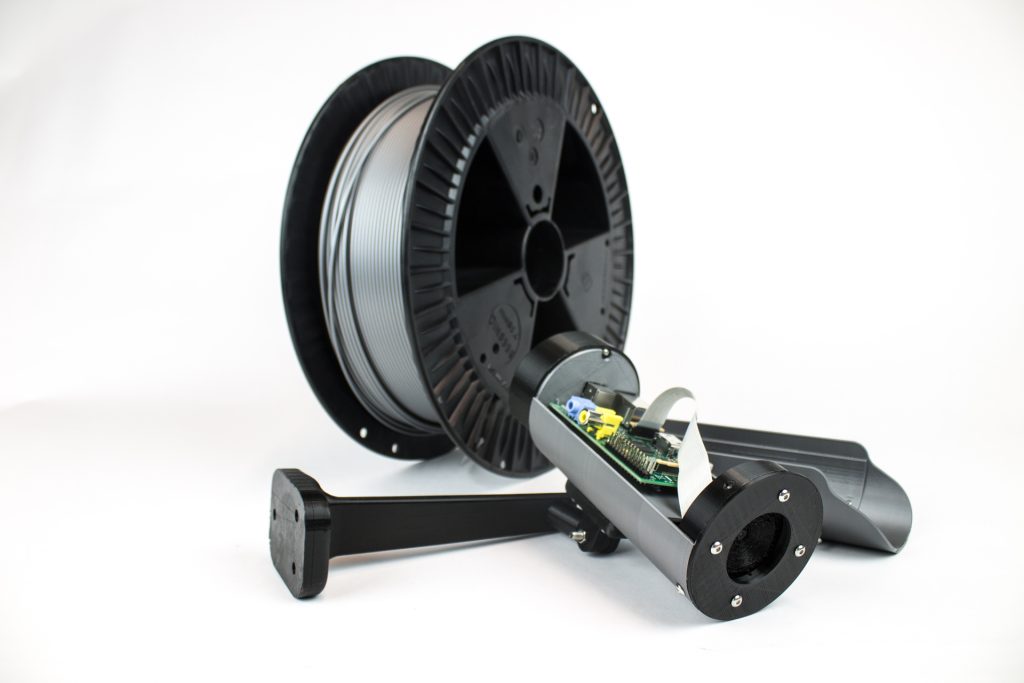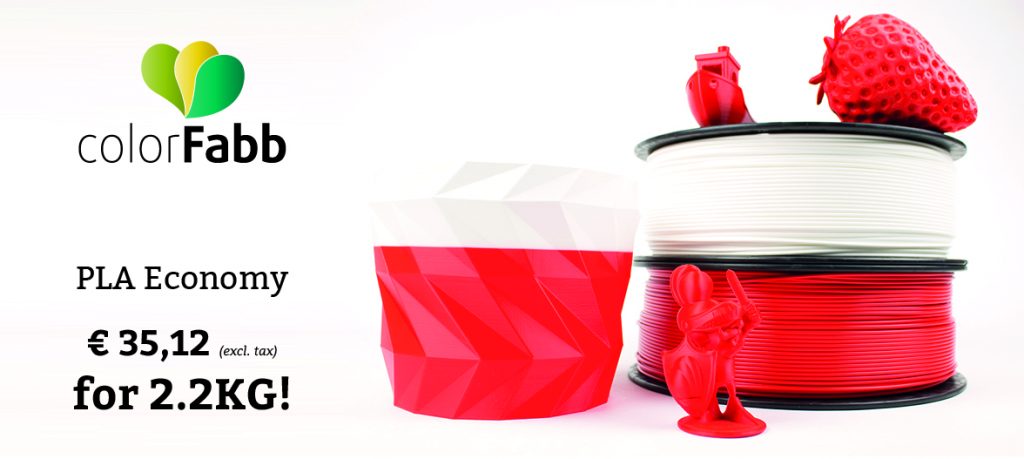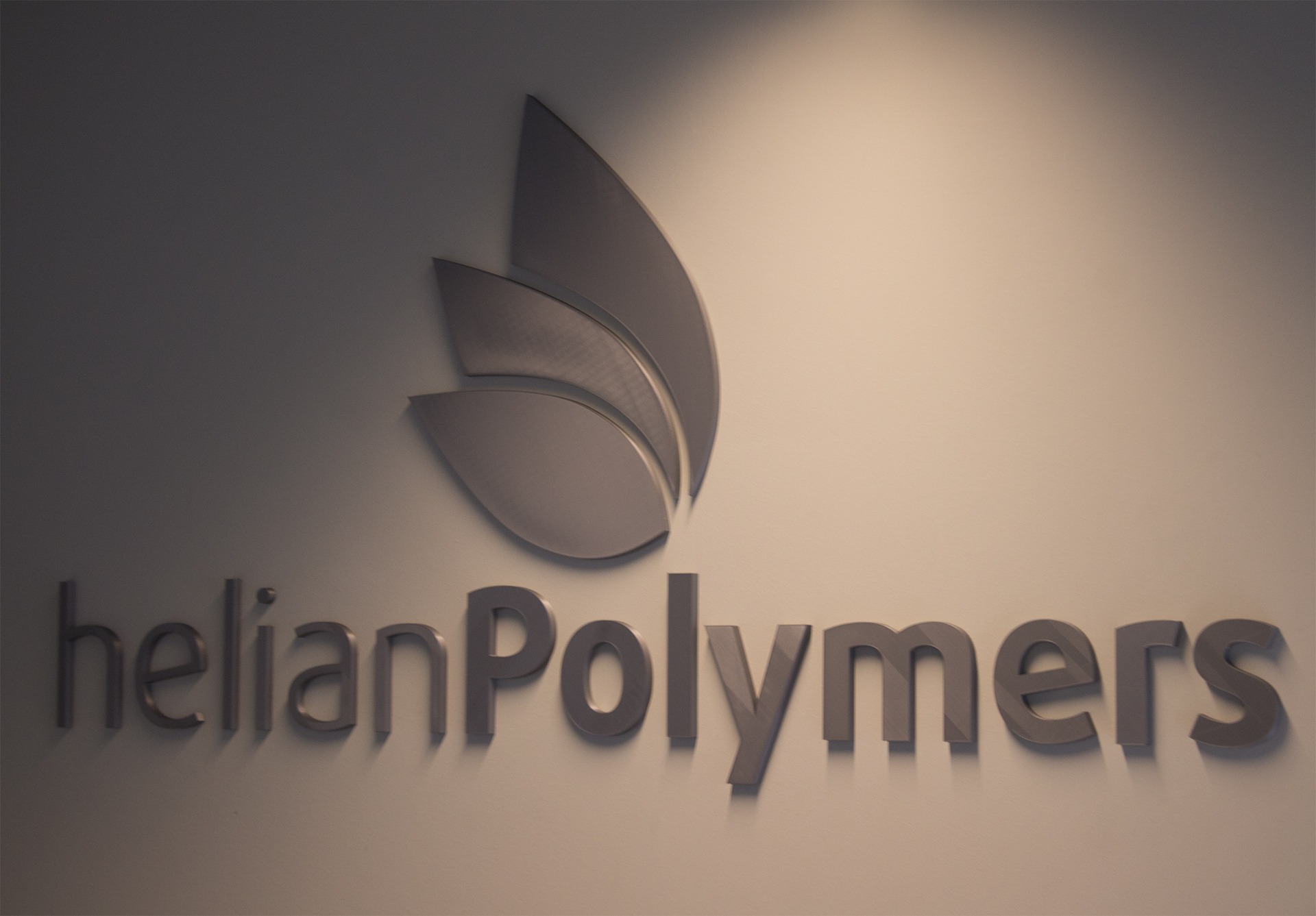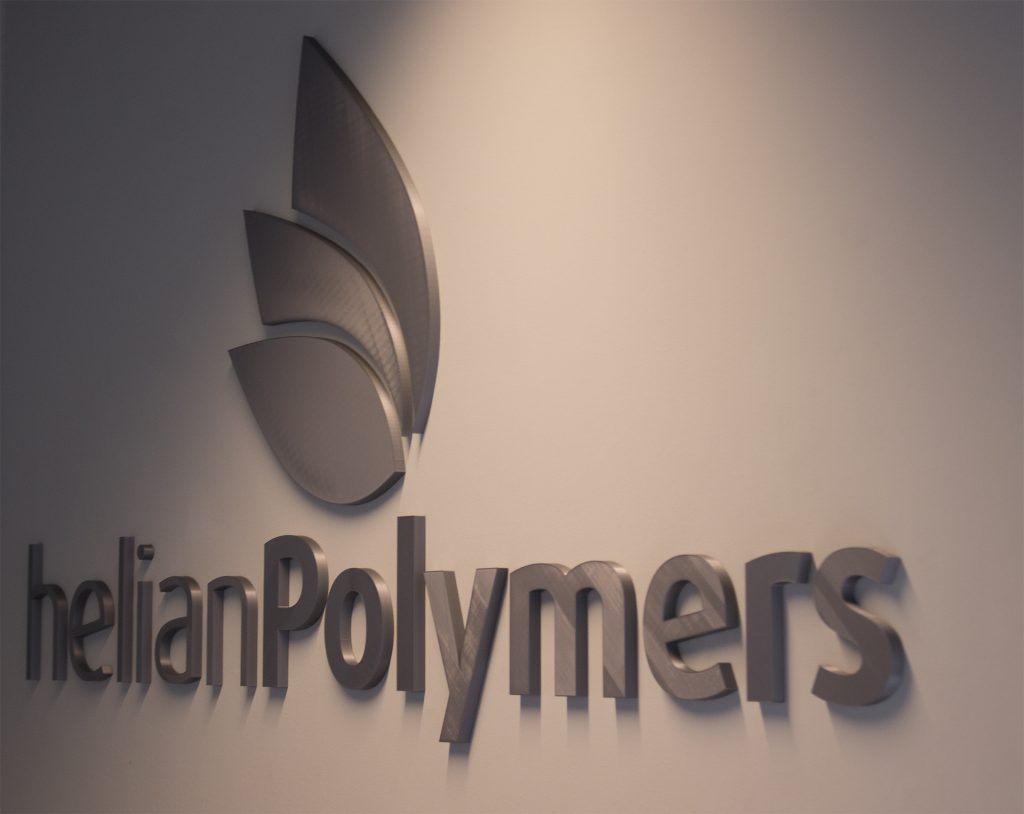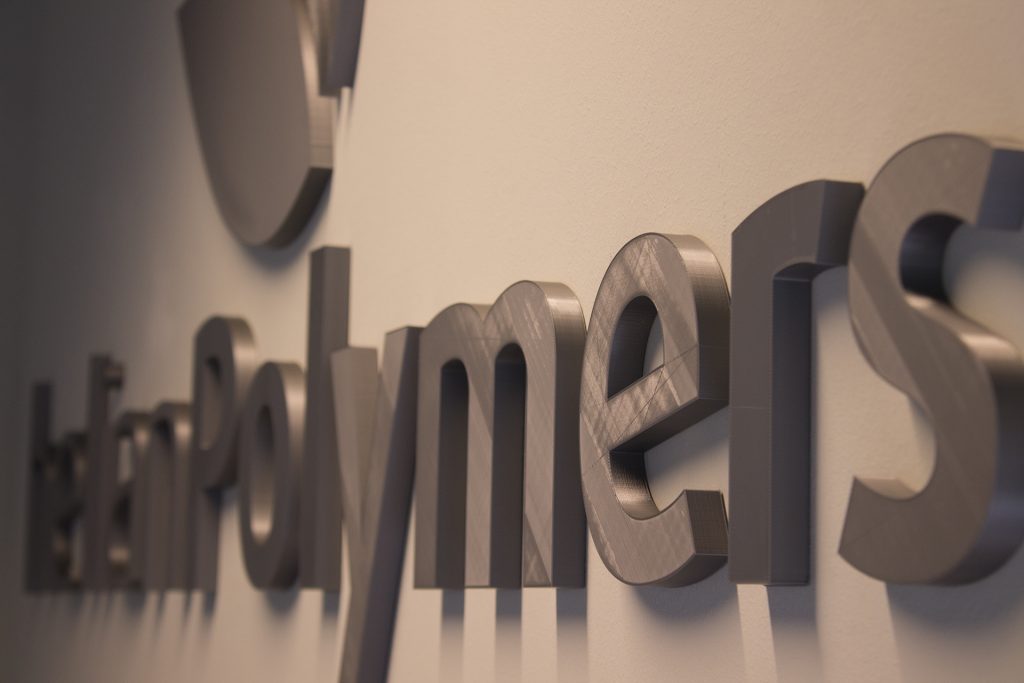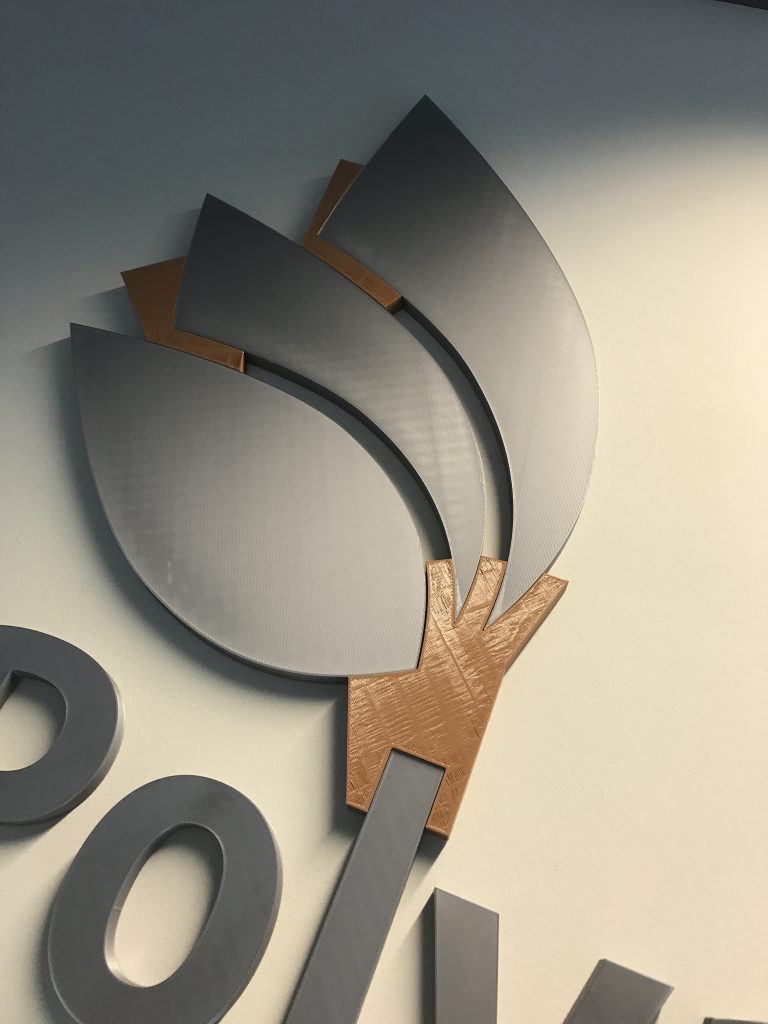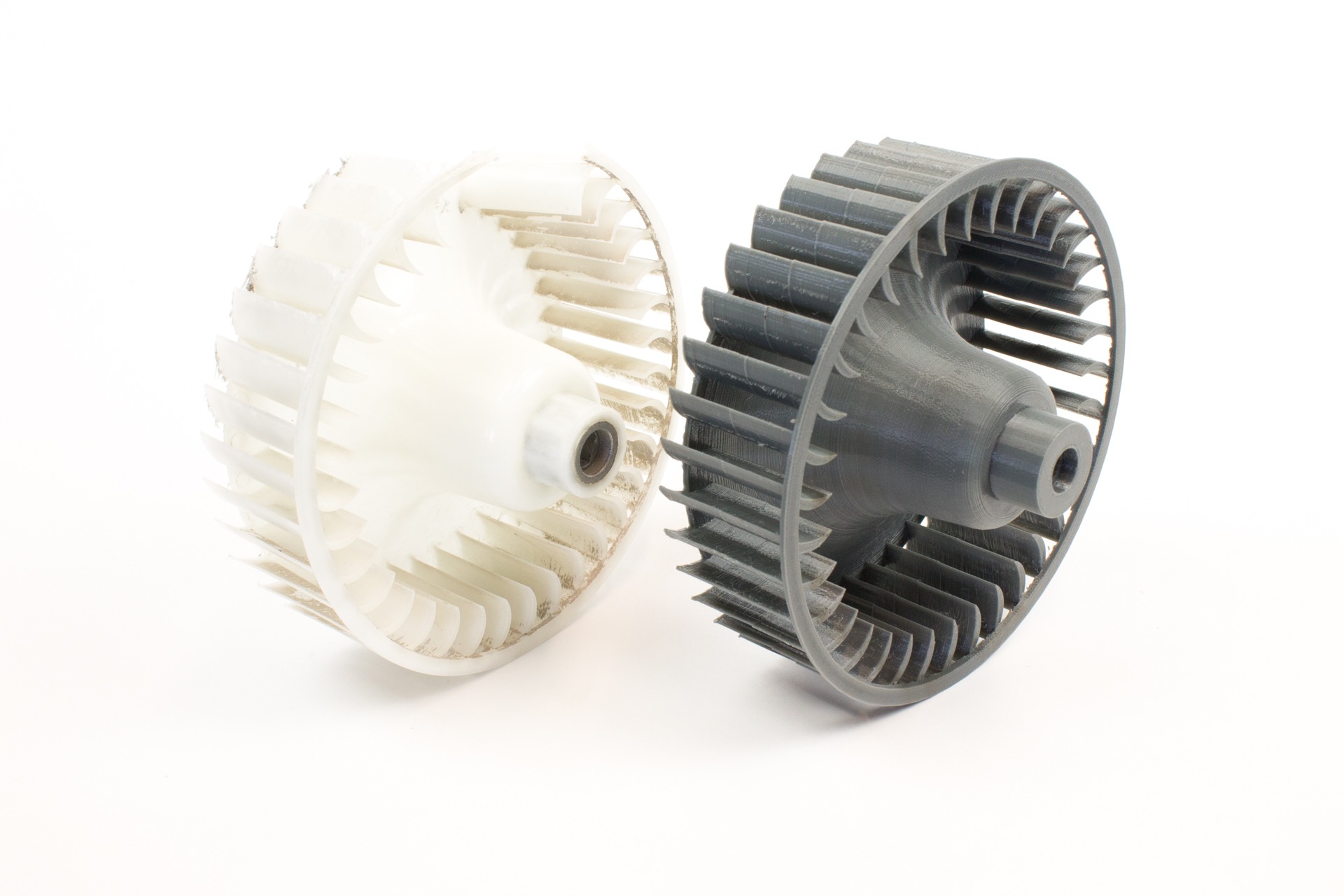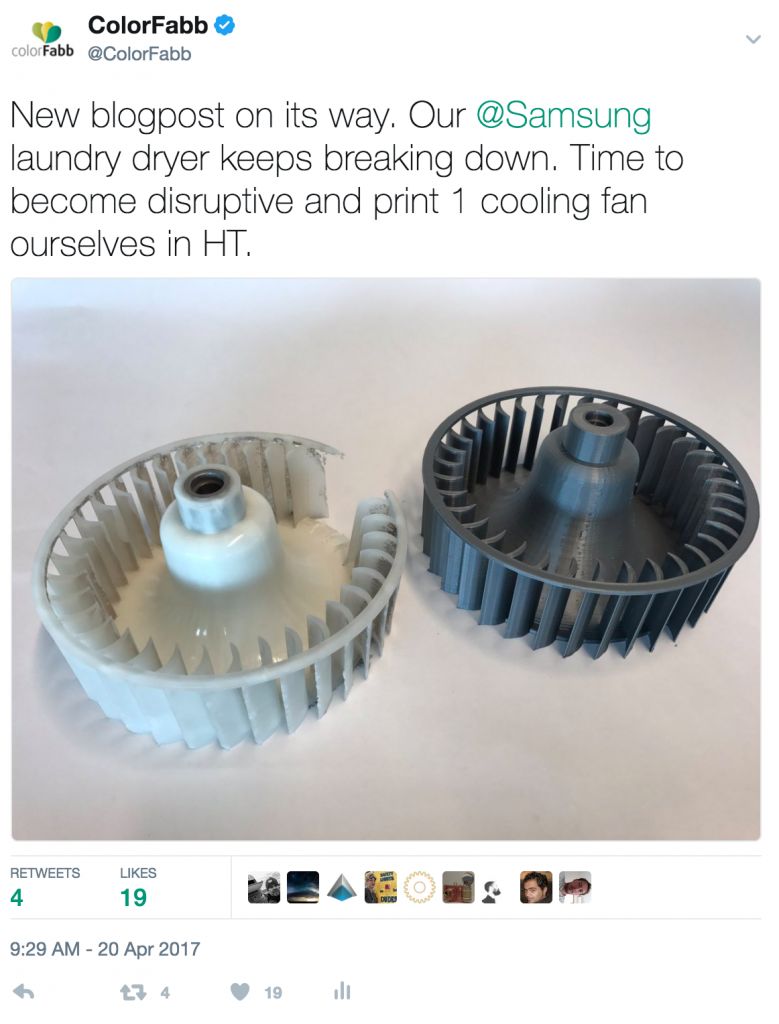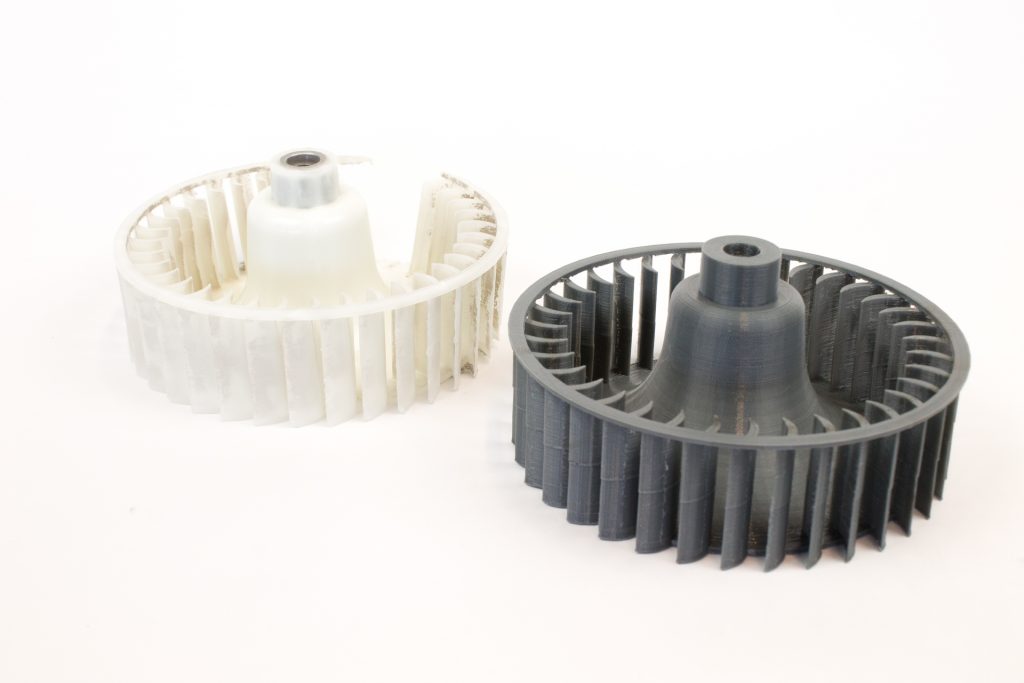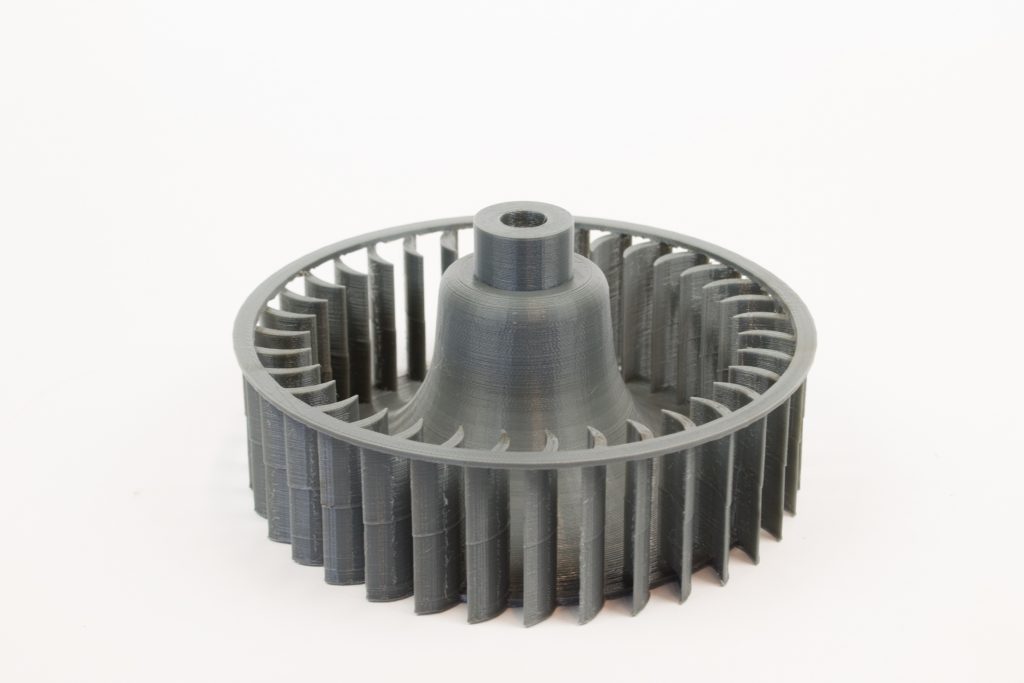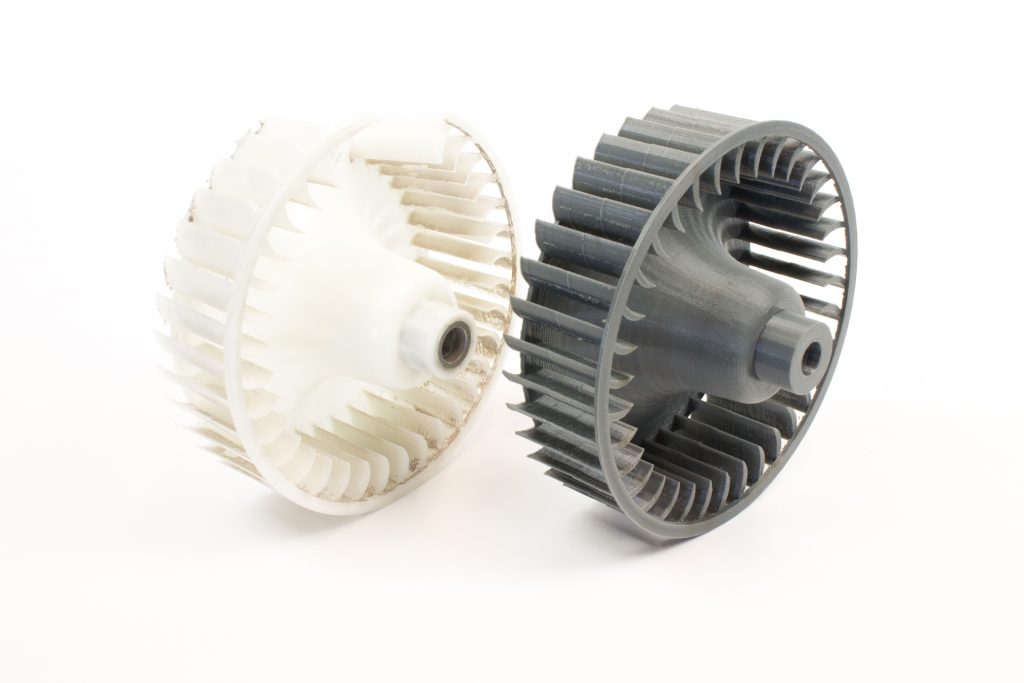Here at colorFabb we regularly have interns hard at work in the print lab, creating awesome things. As you may remember, Stephan Schürmann designed and printed a bike during his internship here (and is now about to ship his very own Blackbelt 3D printer!). Earlier this year Niels van Valburg made the FLEX_Link chair. And former current co-worker Jos Deelen worked on the early concepts of the biofoam spool during his internship here. Our current intern is Mike Baetsen and to get him more acquainted with 3D printing and designing he printed the Utility Ship, originally designed by Petersripol:
Original design: https://www.thingiverse.com/thing:2192118
As you can see, we put it in the lobby of our new building right away! Mike used the Ultimaker 2 and 2+ for this print (or various prints, if you will) with various settings. Several items on the boat he designed himself using SolidWorks.
3D printing has always been a great tool for model work and this once again proofs that the best results can be achieved with a variety of materials.
The materials (all colorFabb’s, of course), where:
- PLA/PHA Standard White for the hull
- PETG Economy Red
- woodFill for the deck
- PLA Economy Black
Mike mentions that he wanted to use a variety of materials (two kinds of PLA, our PETG and a special filament) to see how well they work on the Ultimaker printers as well and of course for the aesthetical aspect.
As showcased in the lobby, together with the Subaru and Chevy engines, printed by Korneel Bullens.
About the materials
And what a standard it is! We started with this modified grade of PLA almost 5 years ago and this filament remains one of our biggest hits. The unique blend of PLA with PHA make it a fantastic filament to print with on a wide variety of printers.
About a year ago we listened to you – our users – and brought a more economic version of PLA to the market. This new grade of PLA, with an added impact modifier, has been in huge demand from the moment of release. We developed this new PLA, separate from our lauded PLA/PHA, as a filament for large volume users. Because it’s made with the same processing technology used for other premium colorFabb products, this PLA Economy filament is just as reliable. PLA Economy is available on 2.2kg spools only, delivering a whopping 740 meters of 1.75mm filament and 270 meters of 2.85mm filament.
Not long after PLA Economy we released PETG Economy this summer. This is our first PETG and has already found a large group of devoted users. colorFabb’s Economy line is developed for users who need a lot of filament. By adding a specifically sourced PETG to our portfolio we are adding more functionality and diversity to our range of filaments.
What can be said about woodFill that has not been said already? woodFill was launched exactly 4 years ago this month during the London 3D Print Show and was our first special filament. Other natural filled special filaments have followed, like bambooFill (which we discontinued earlier this year) and corkFill. Our woodFill has been a hit from day one due to easy processing and its fantastic looks. Added bonus is that your print room smells like a wood shop when printing with woodFill.
Eager to try our filaments? At the time of writing we are in the middle of our Black Friday discount. Click here for the details. Basically: you get a 25% discount on all filaments! Use discount code BLACKFRIDAY when shopping online.
Sale lasts until Monday November 27th.
Looking for a new printer? The desktop 3D printers in our portfolio ship with a 10% discount during the Black Friday campaign. No discount code needed – we already lowered the price! Of course you get a free spool of filament with every printer and for selected European countries we offer free shipping!
[masterslider alias=”ms-96″]
Can’t choose? Check out our catalogue:
